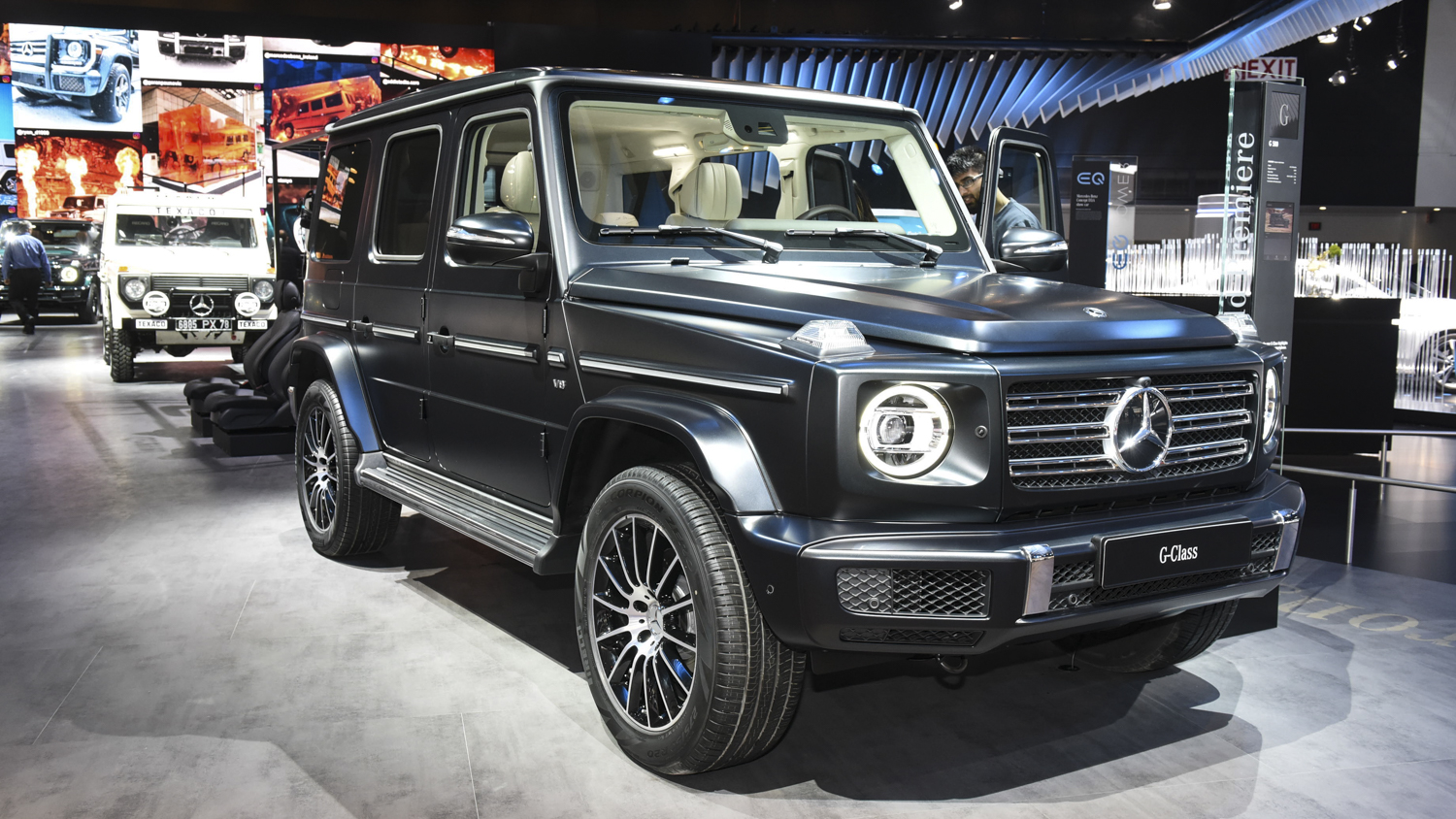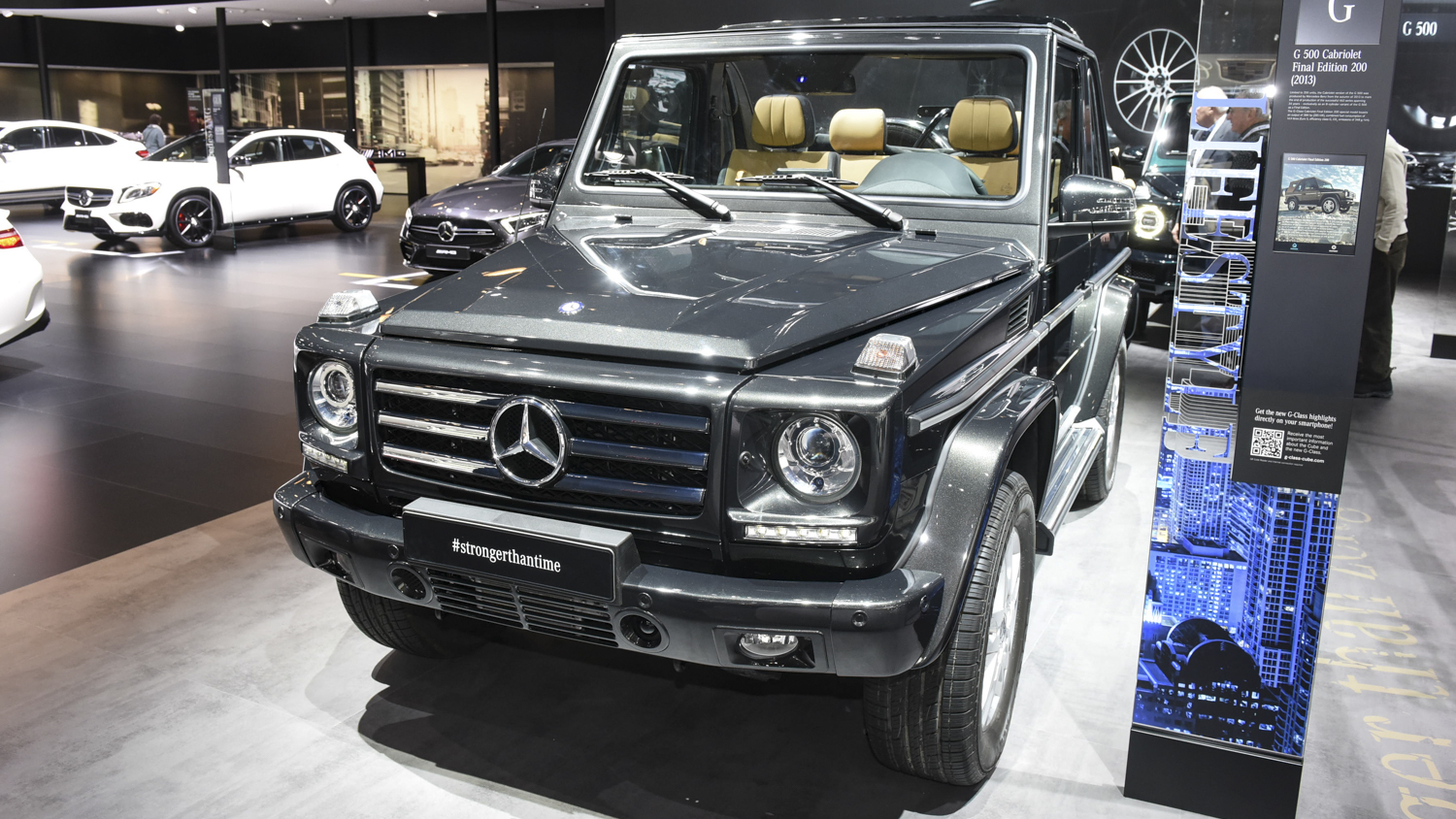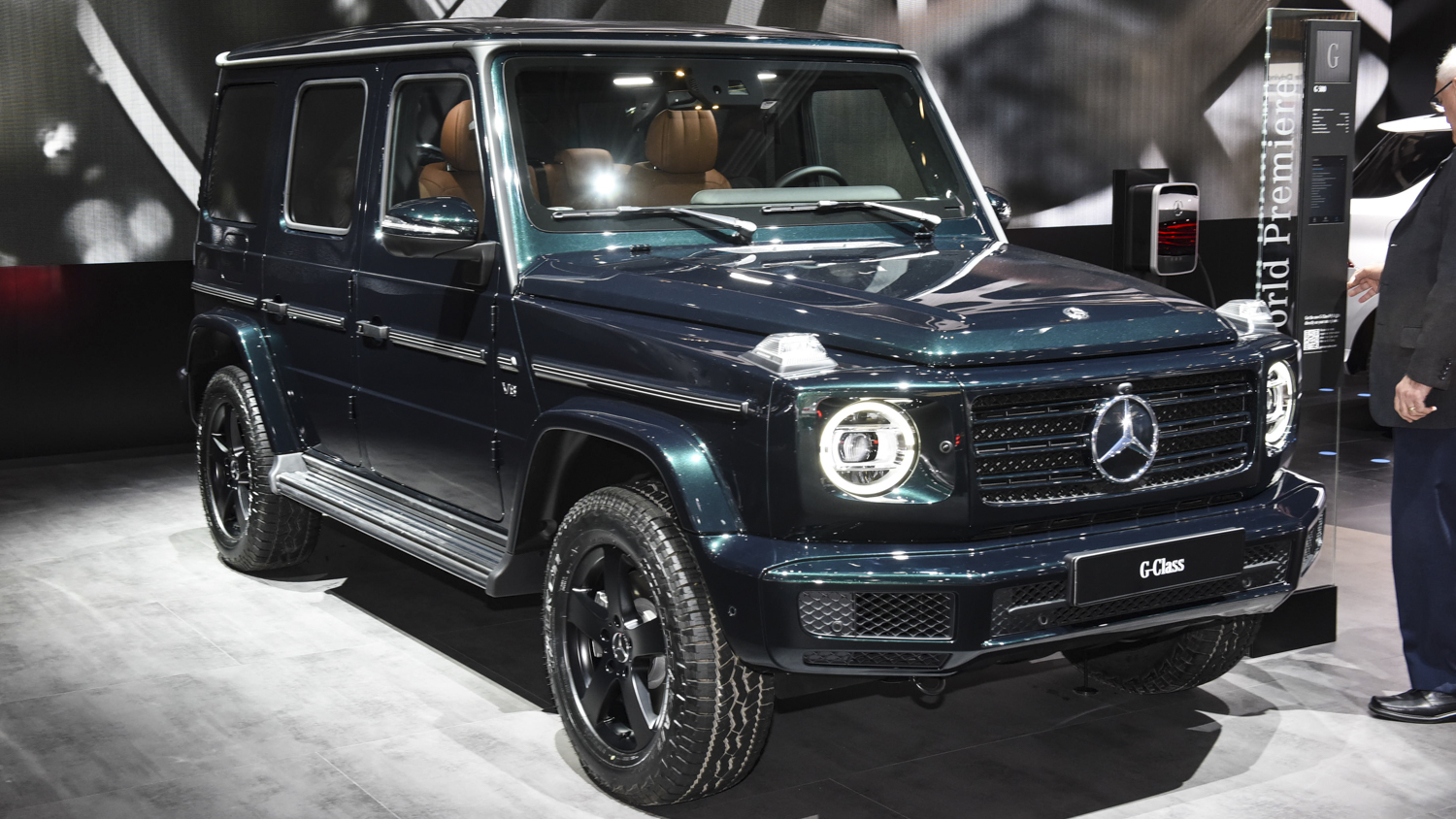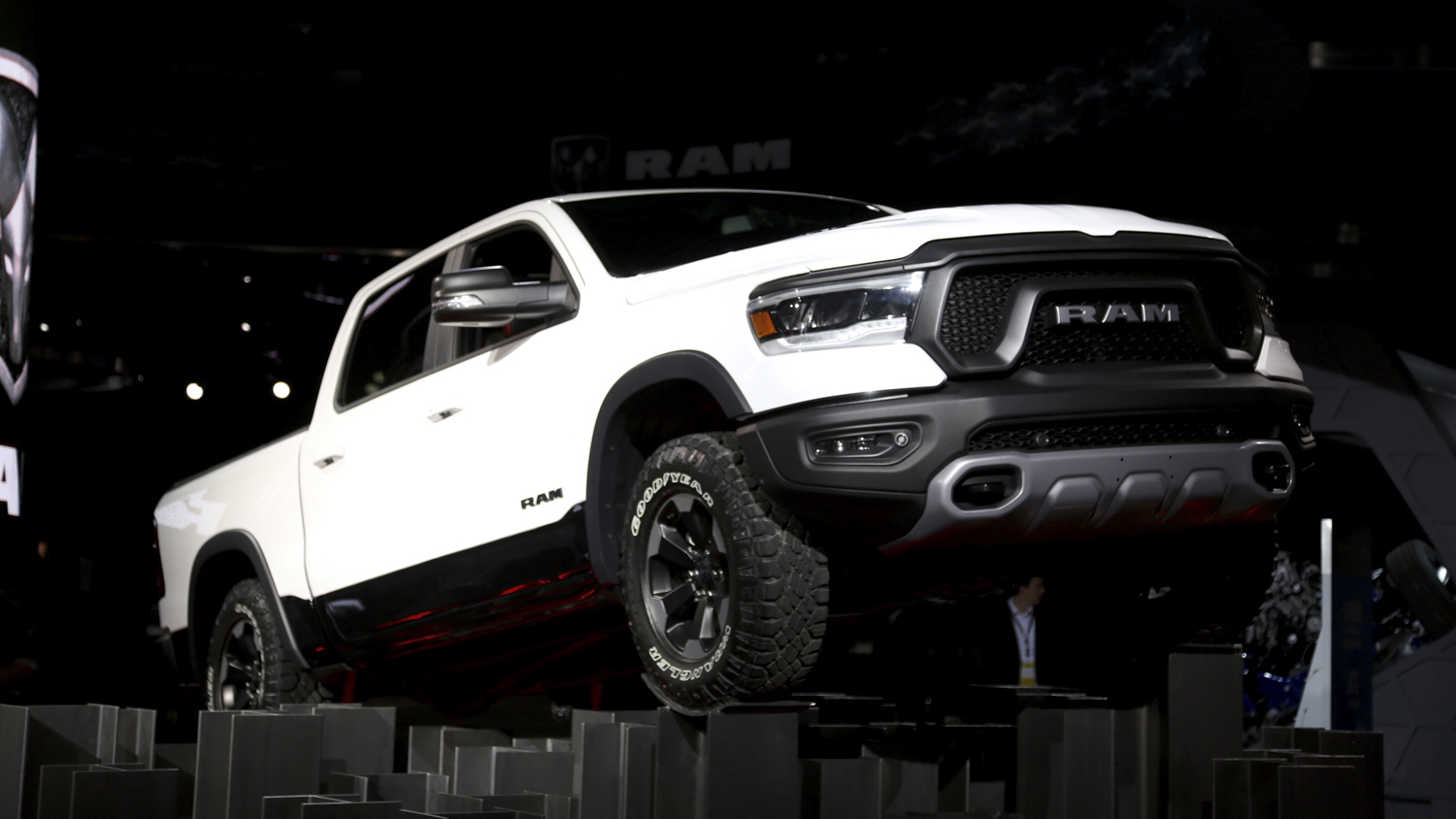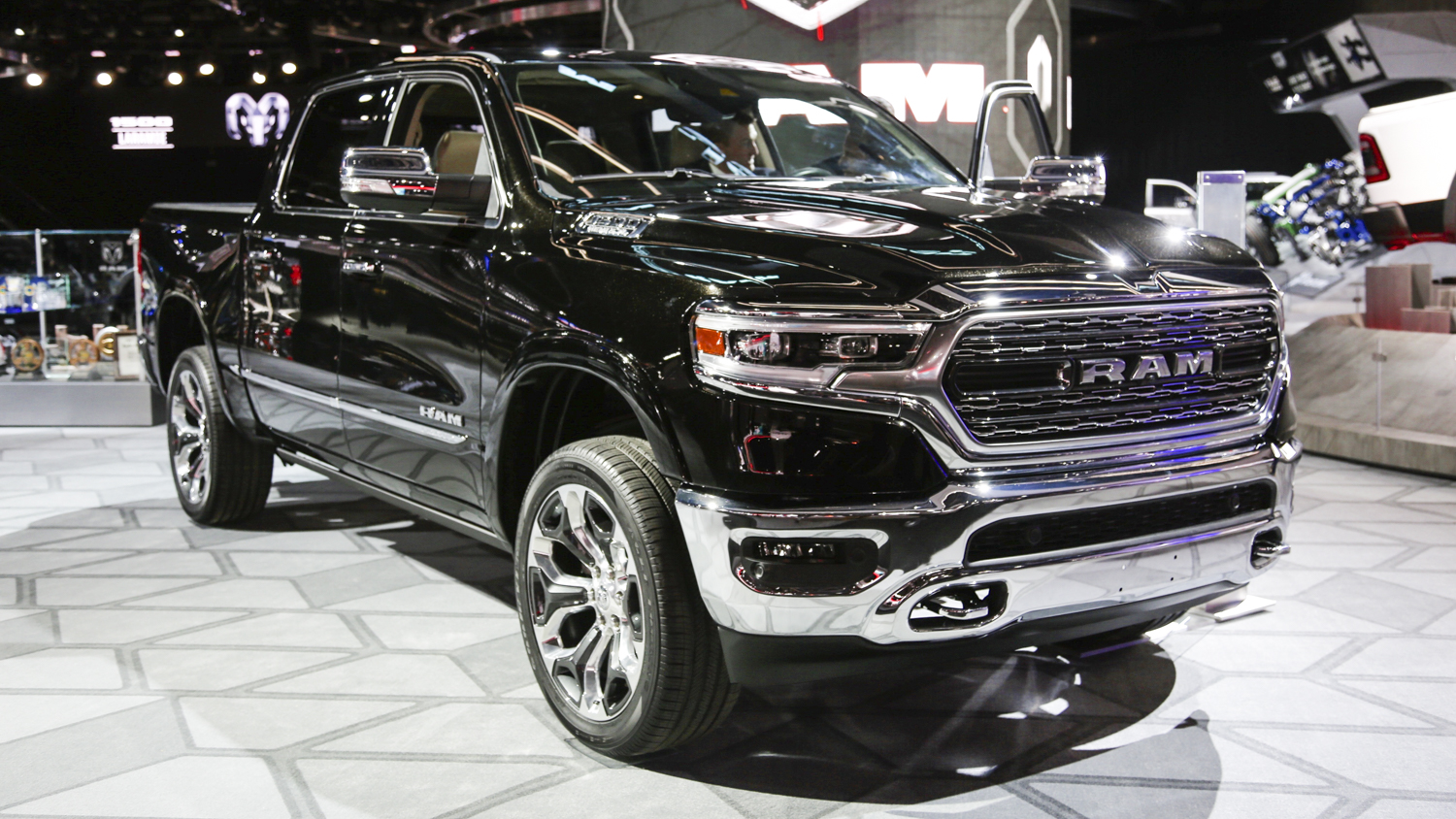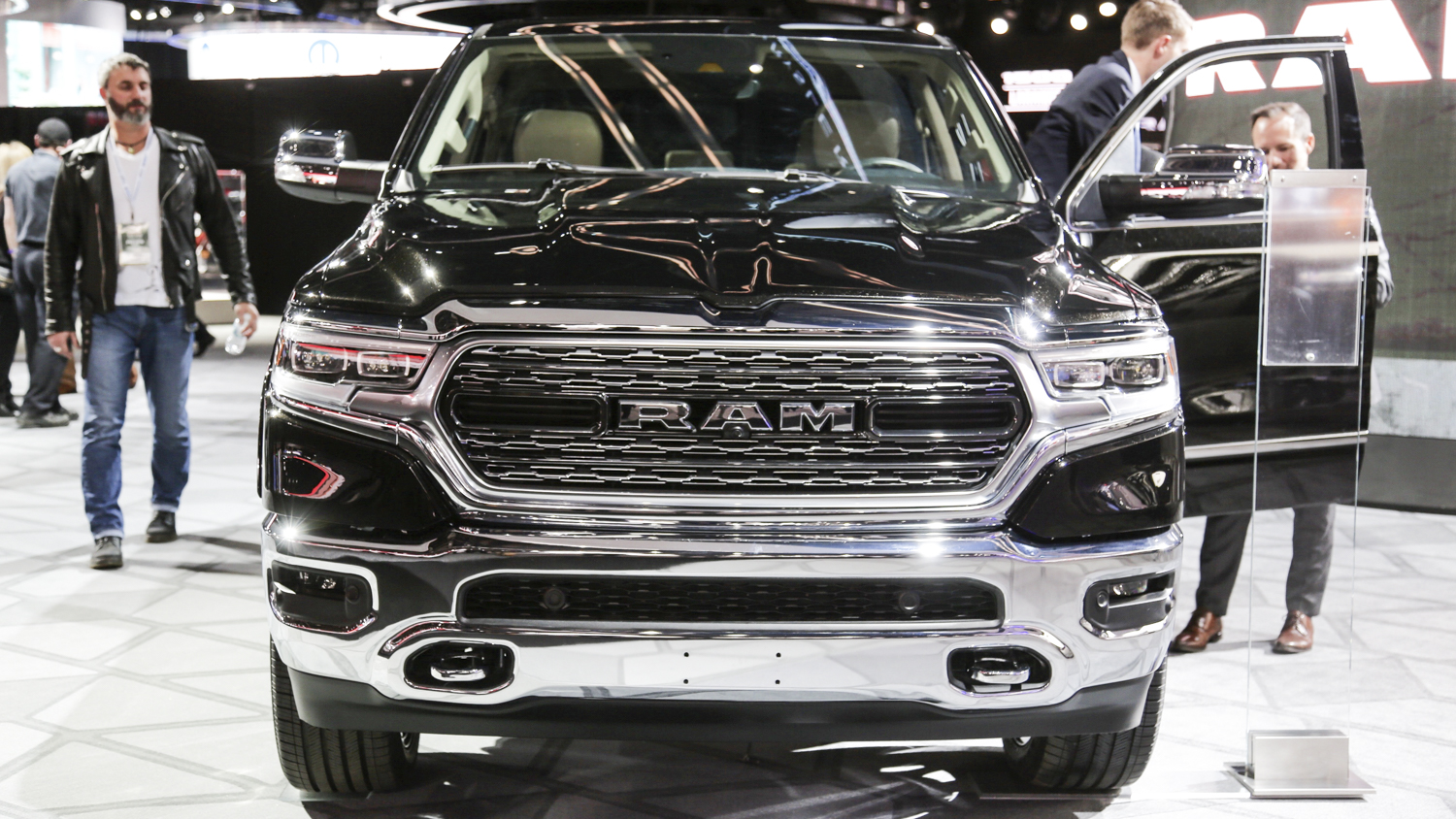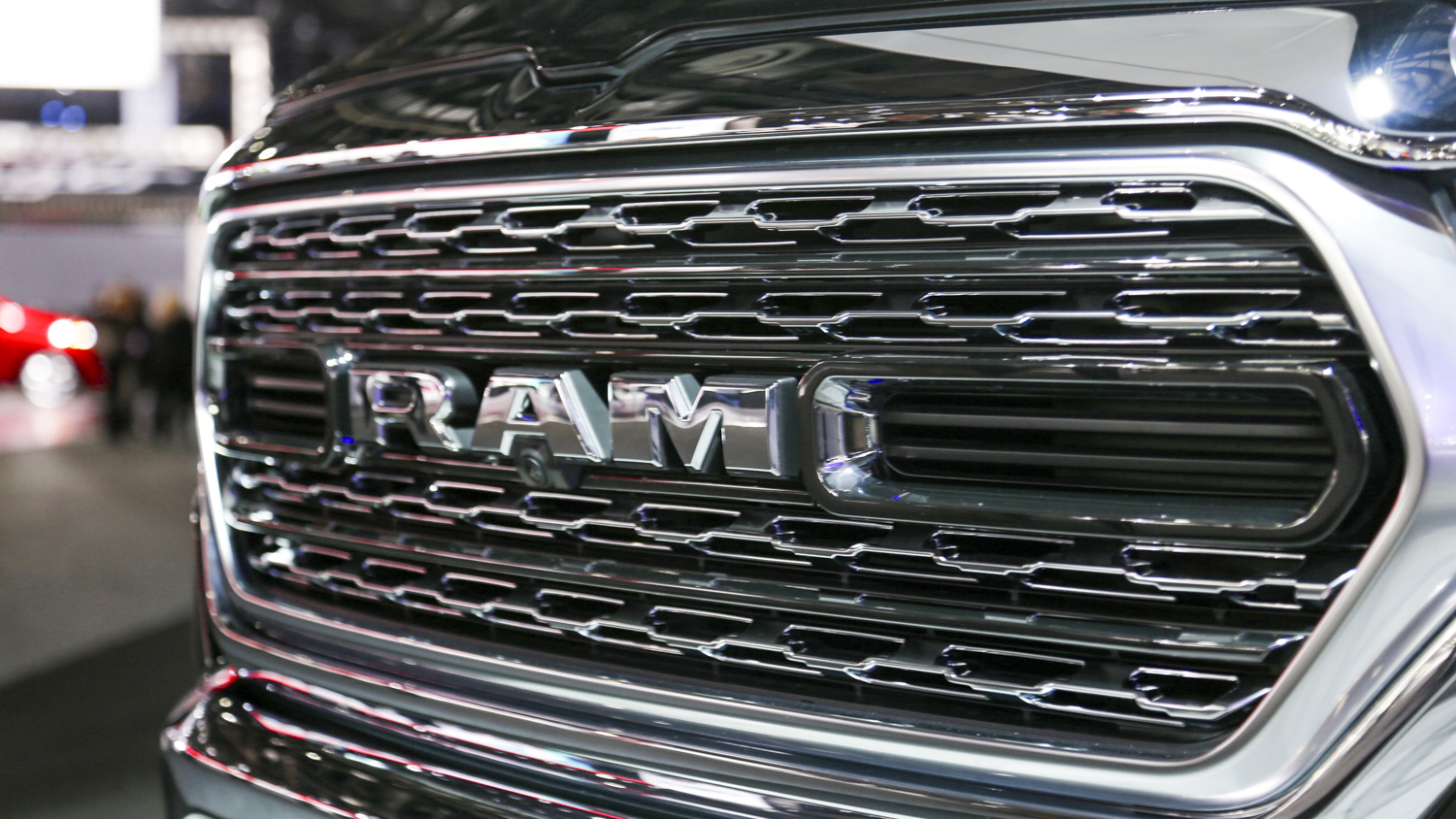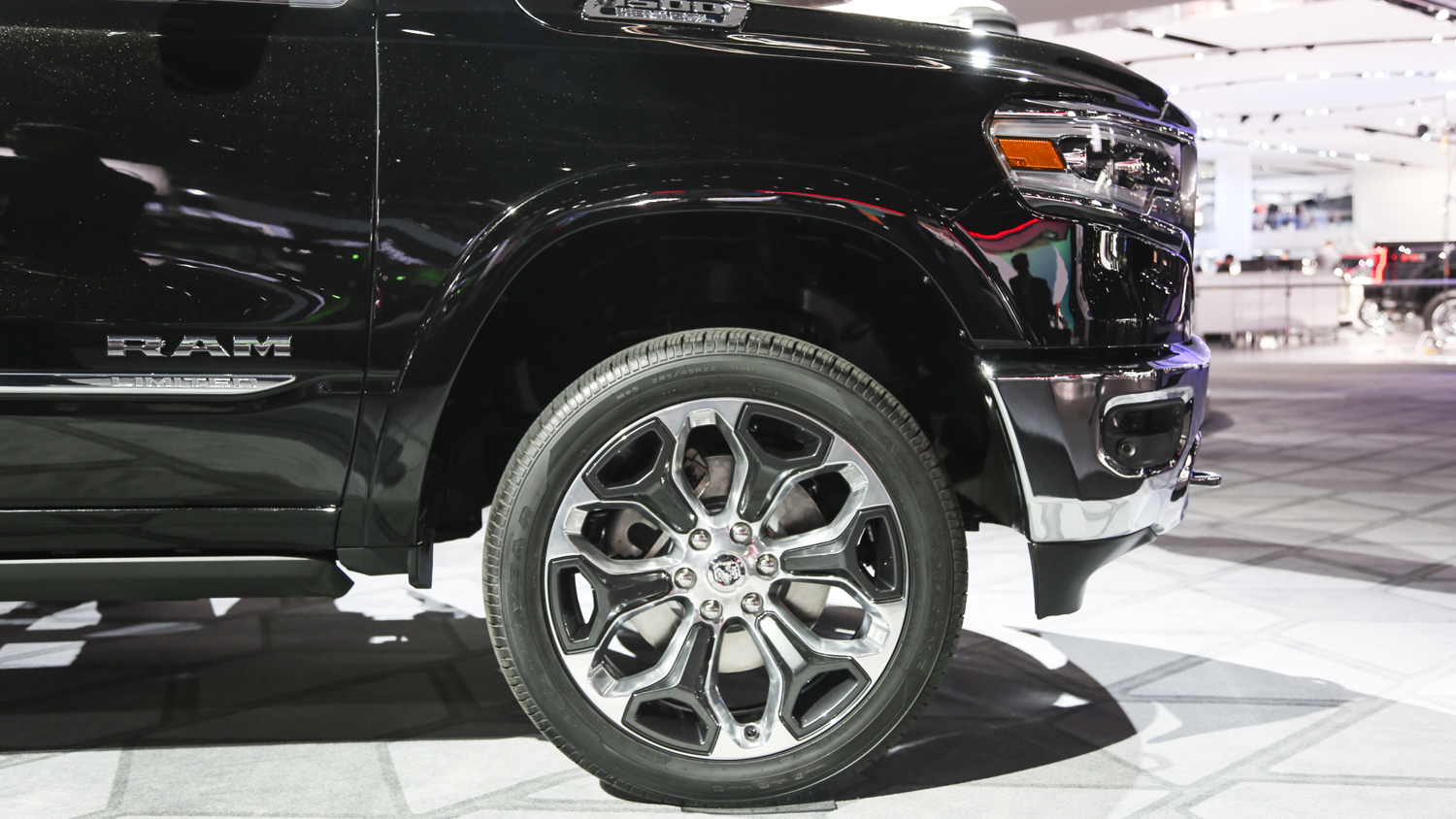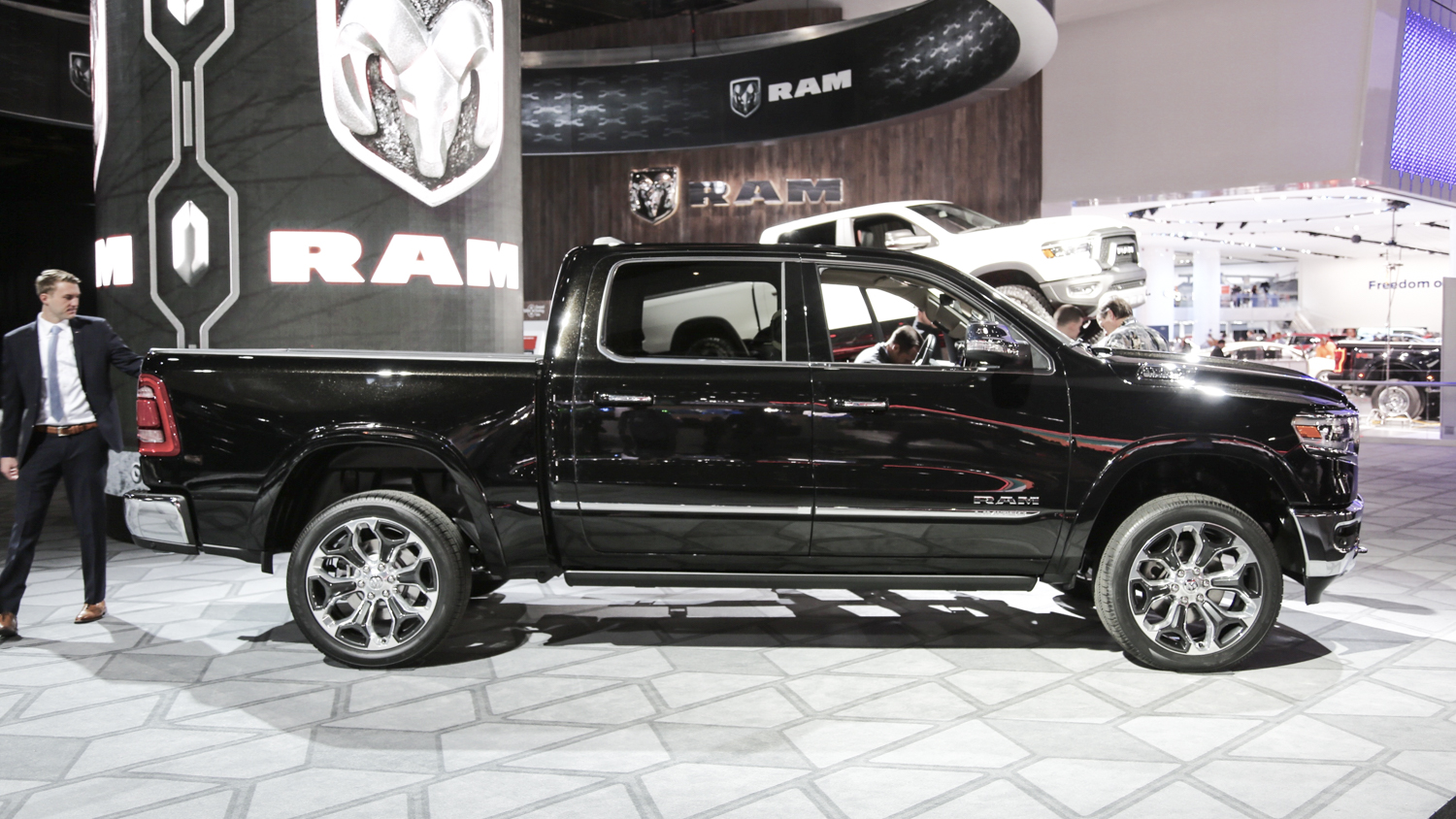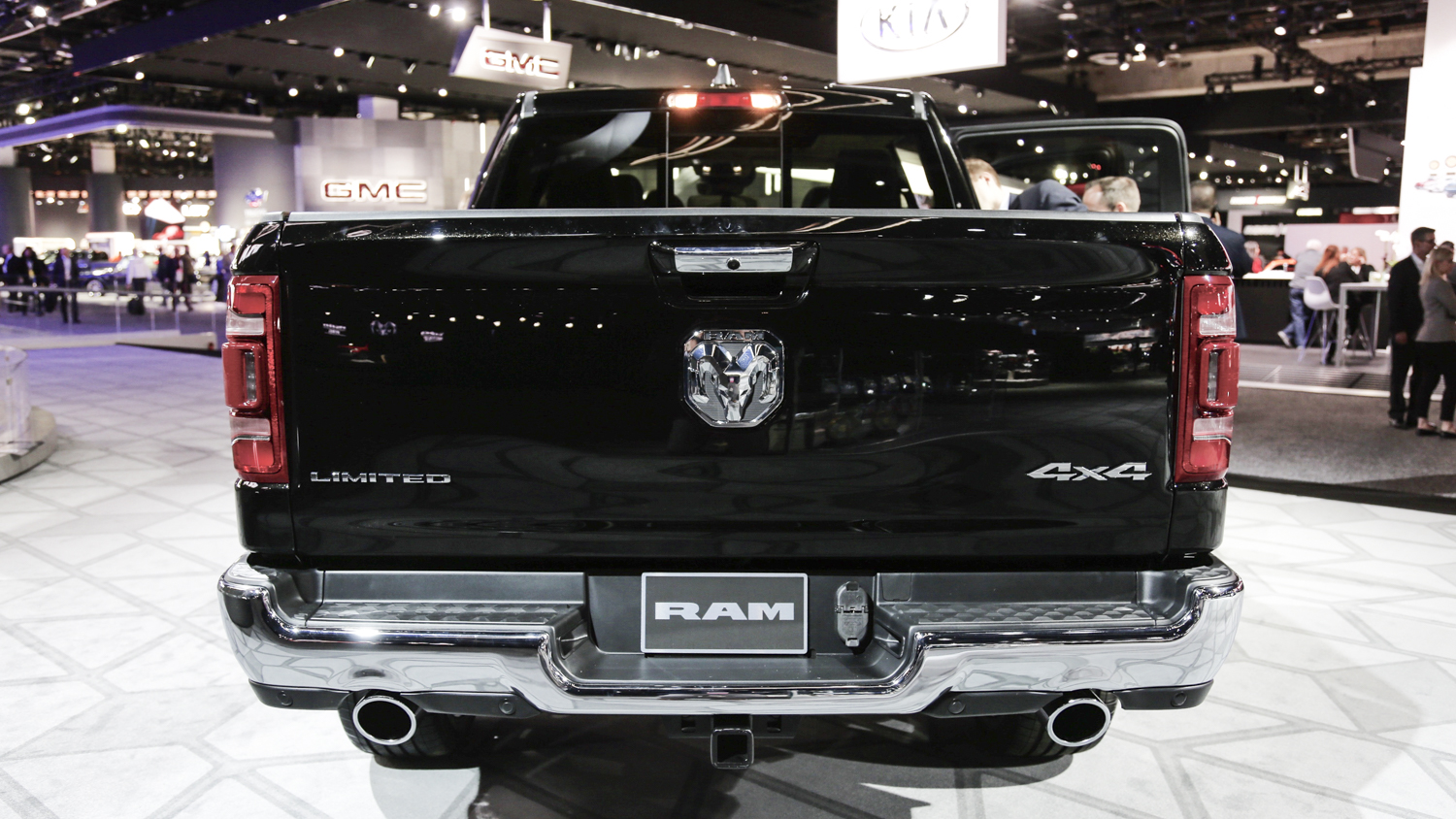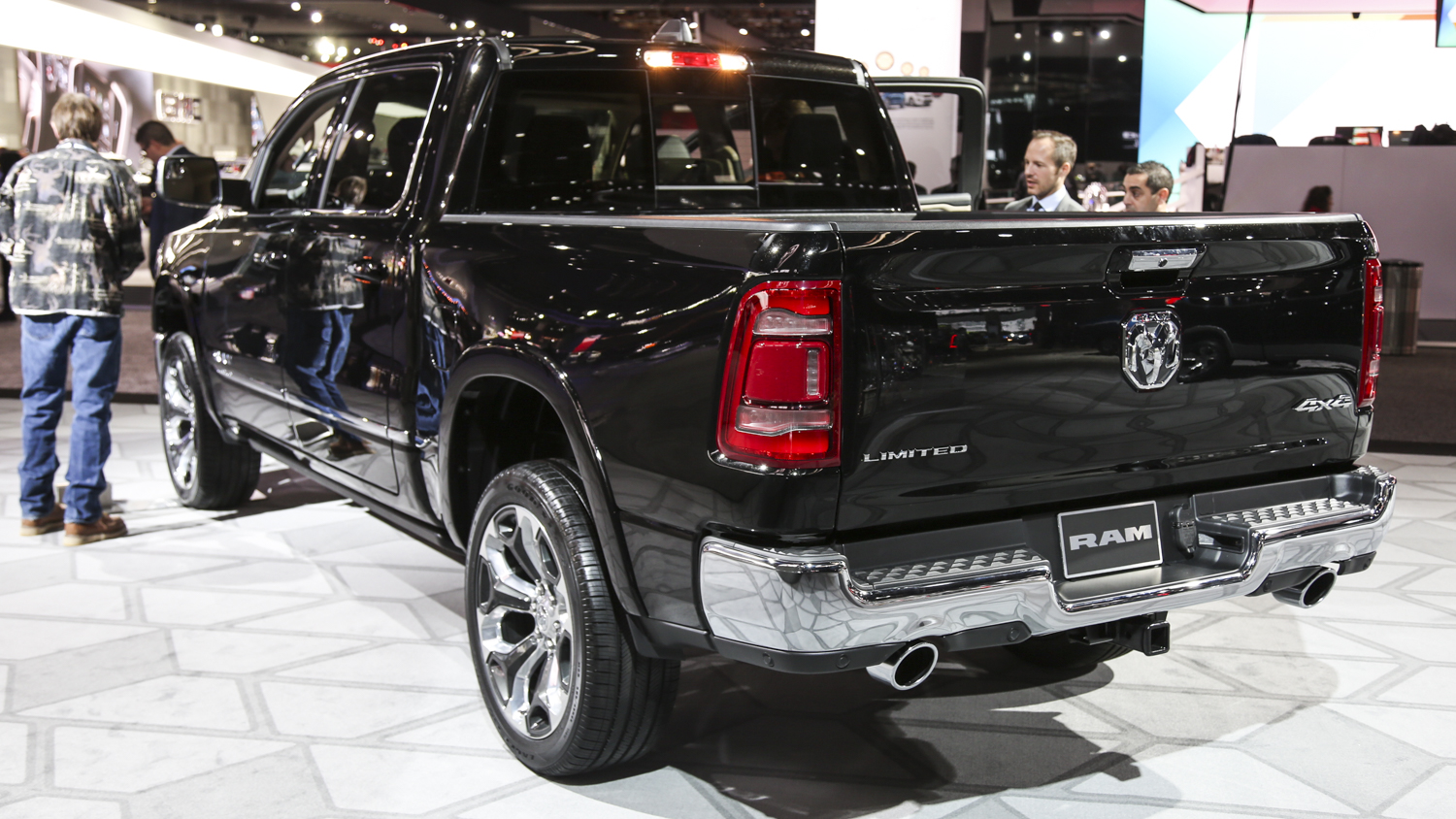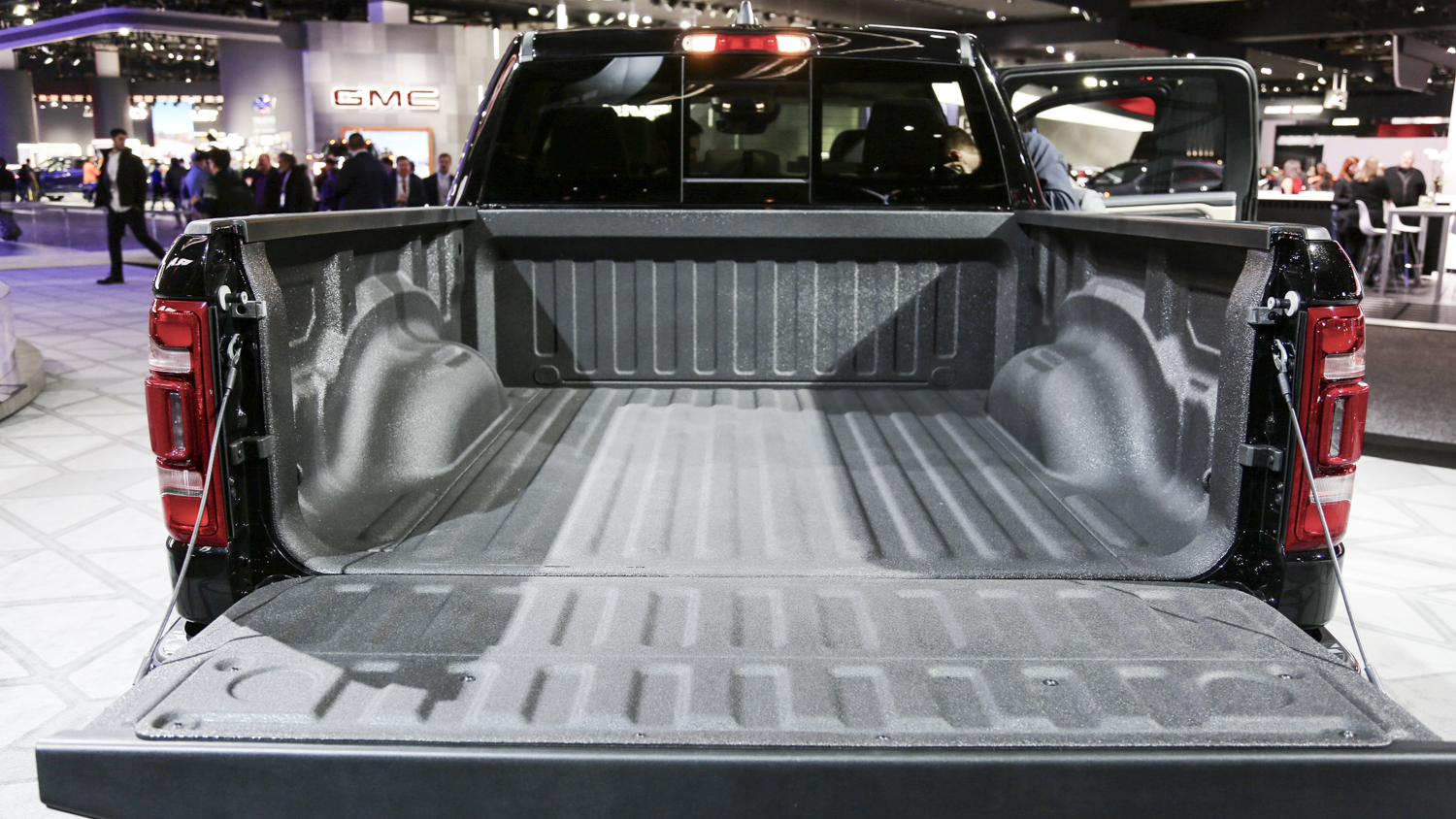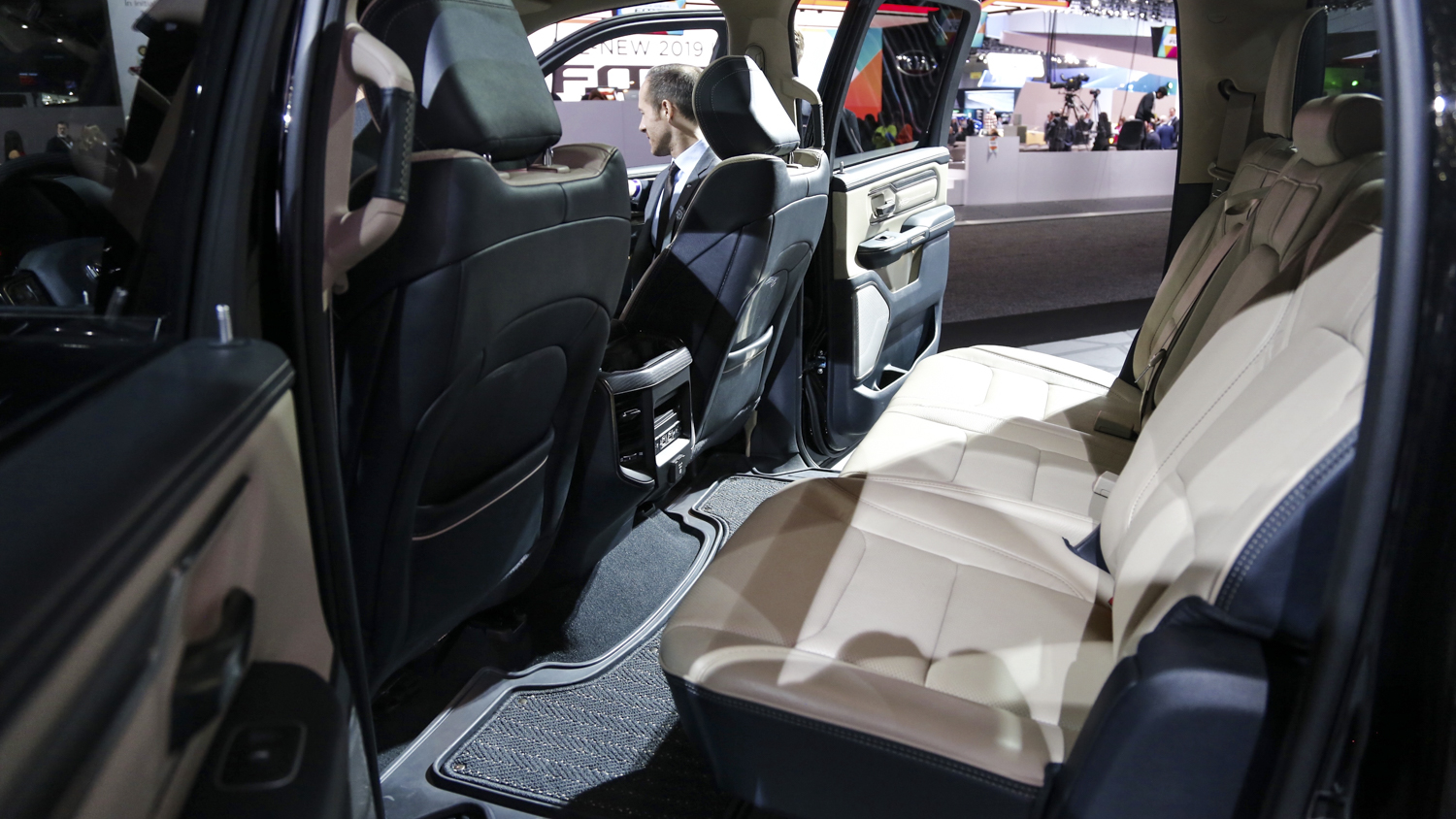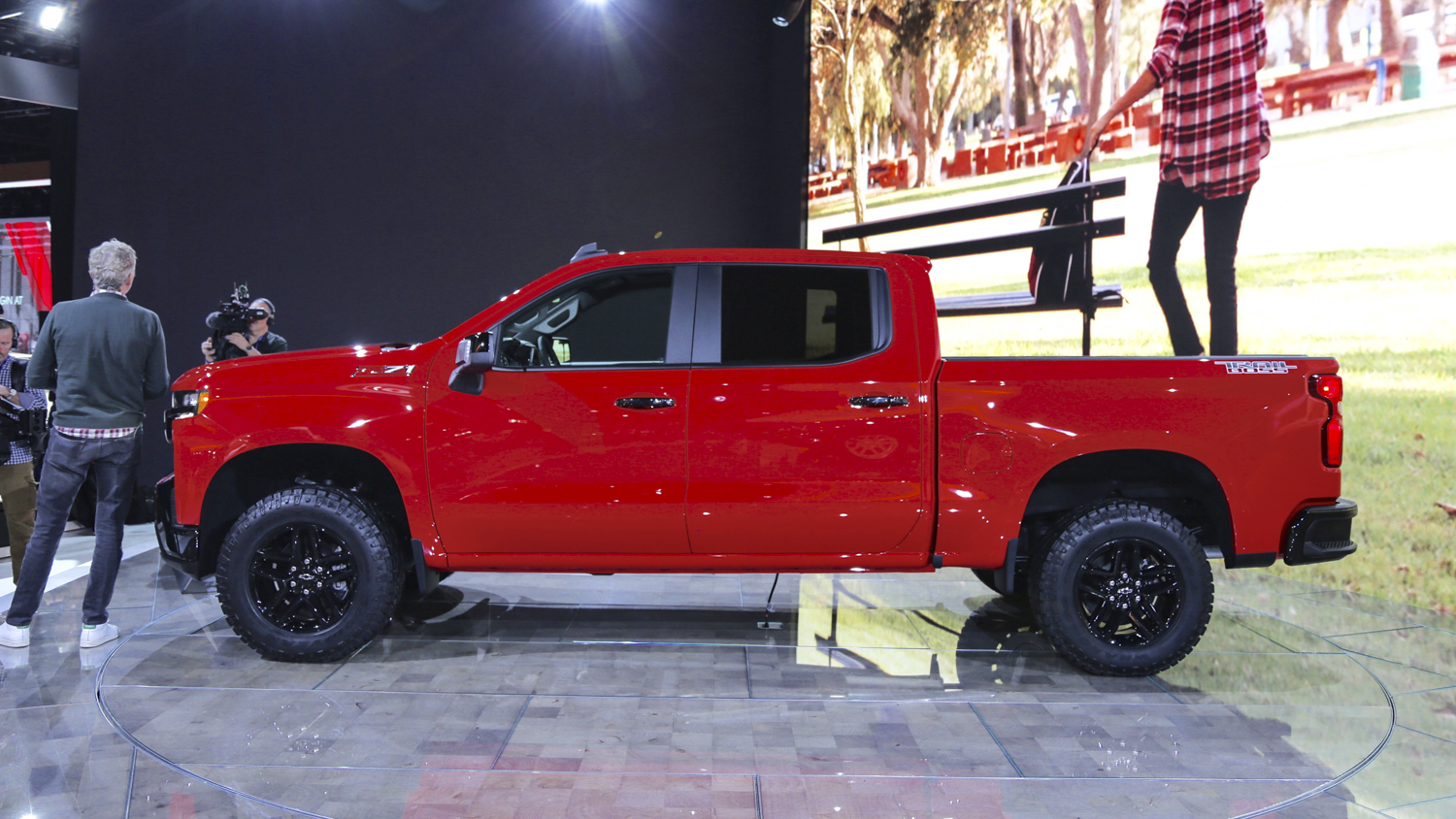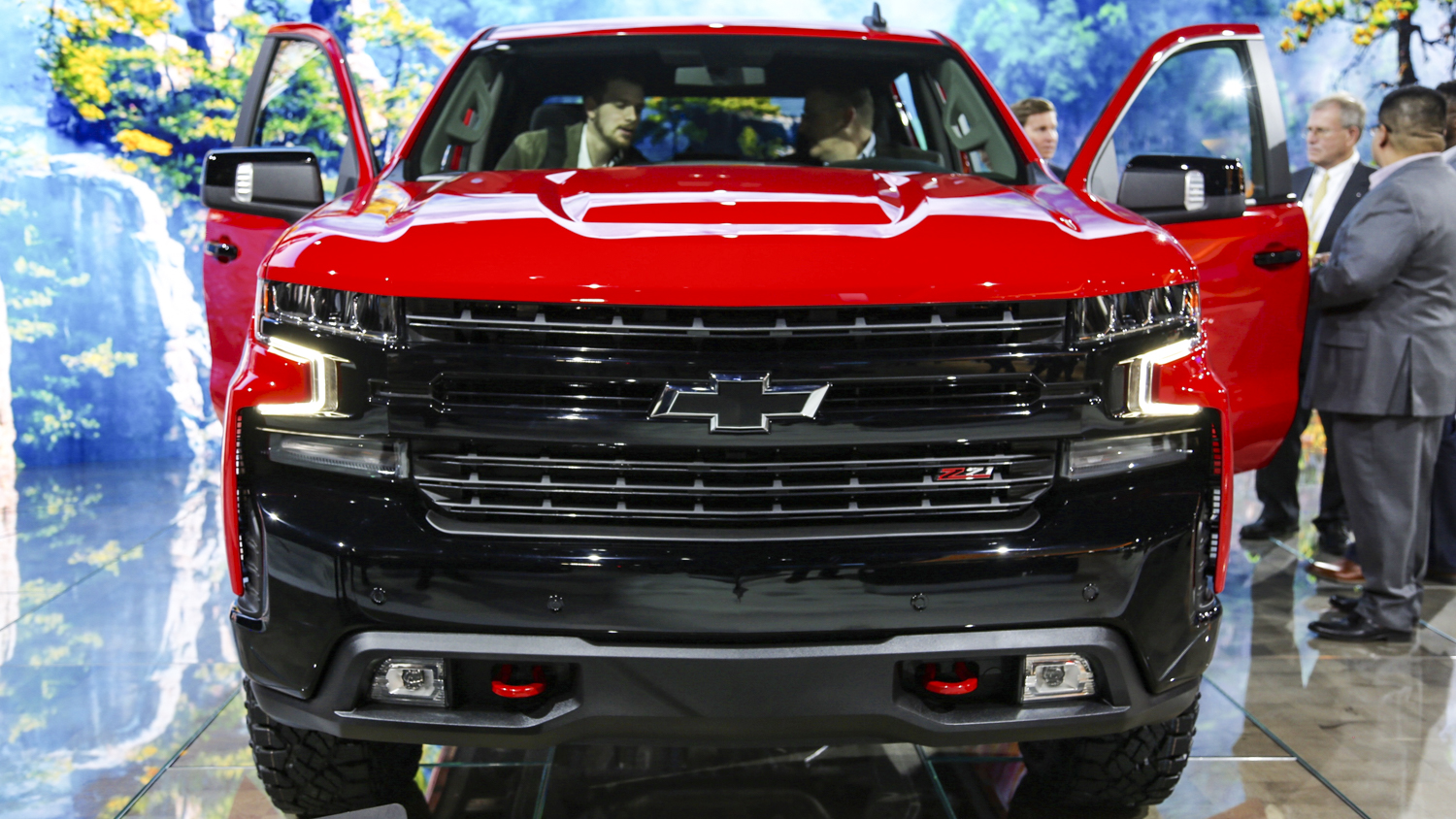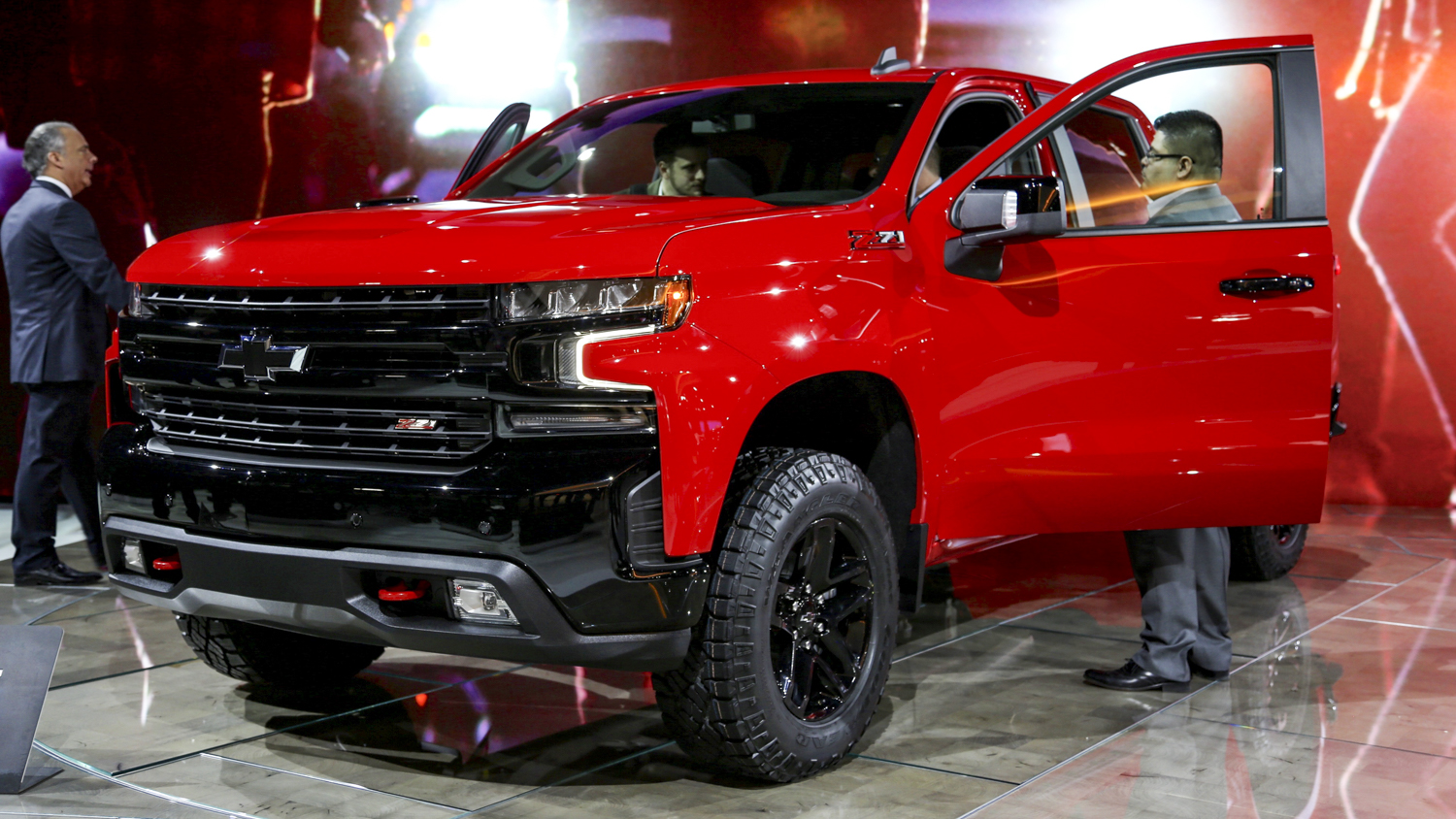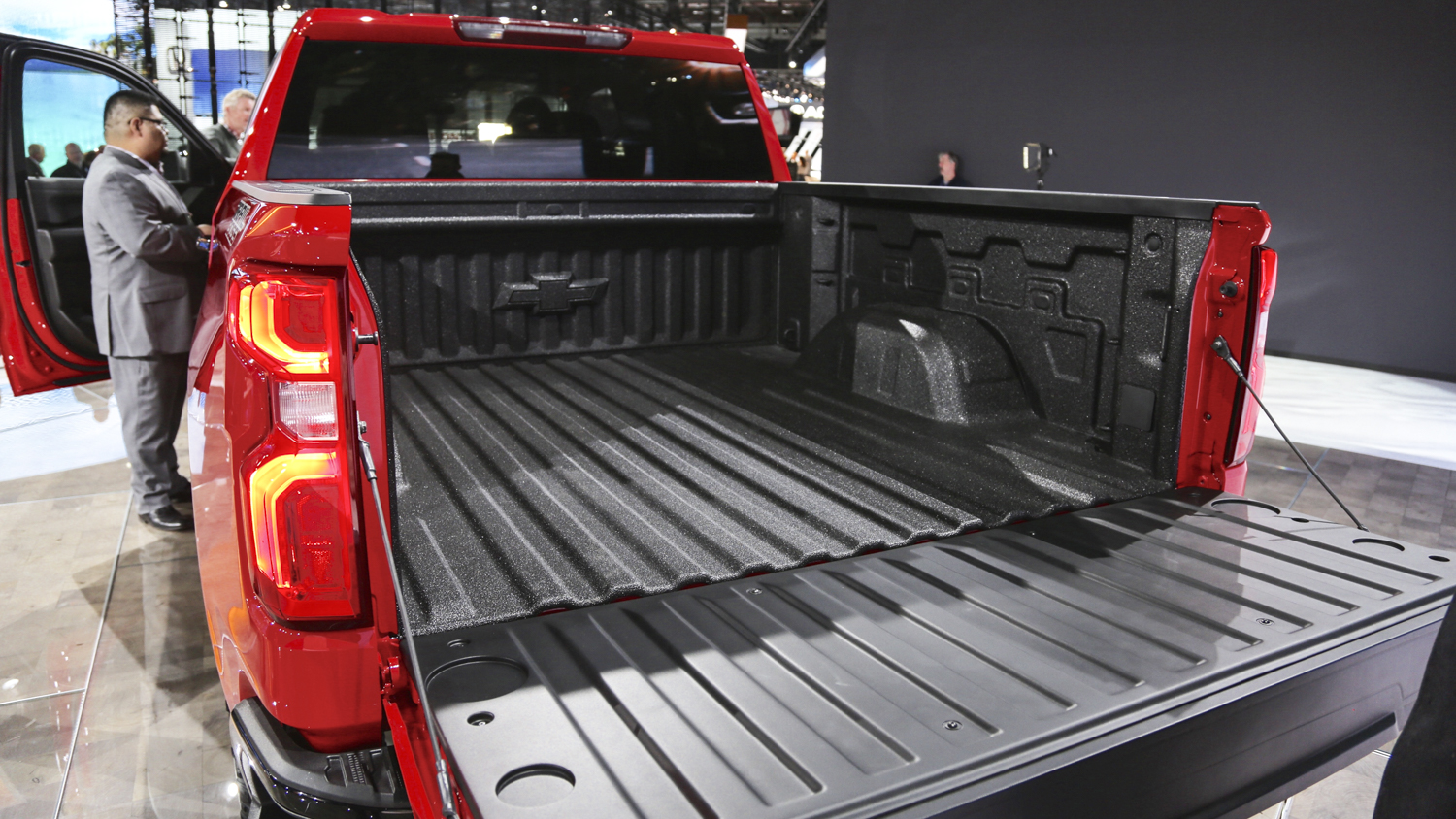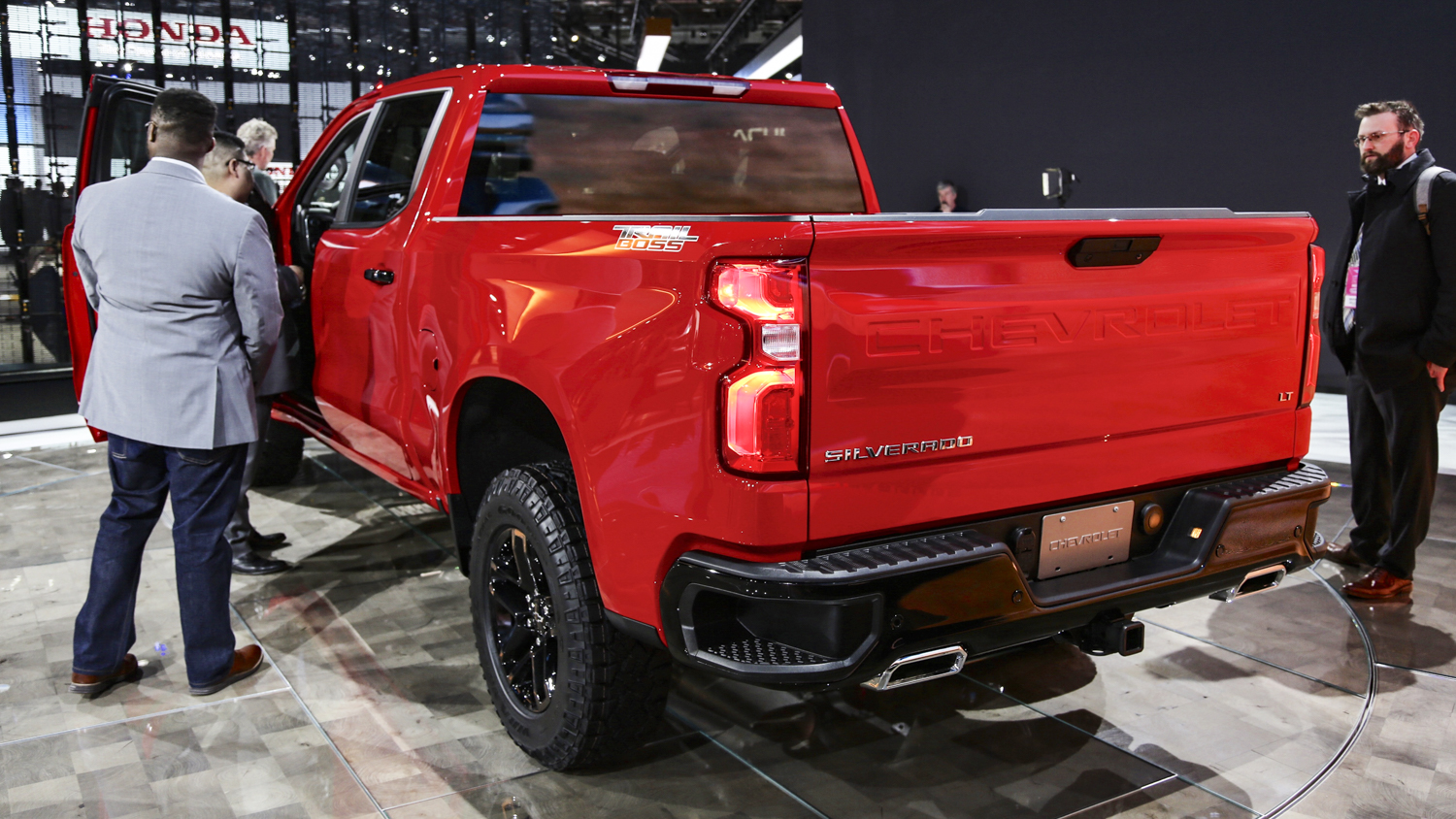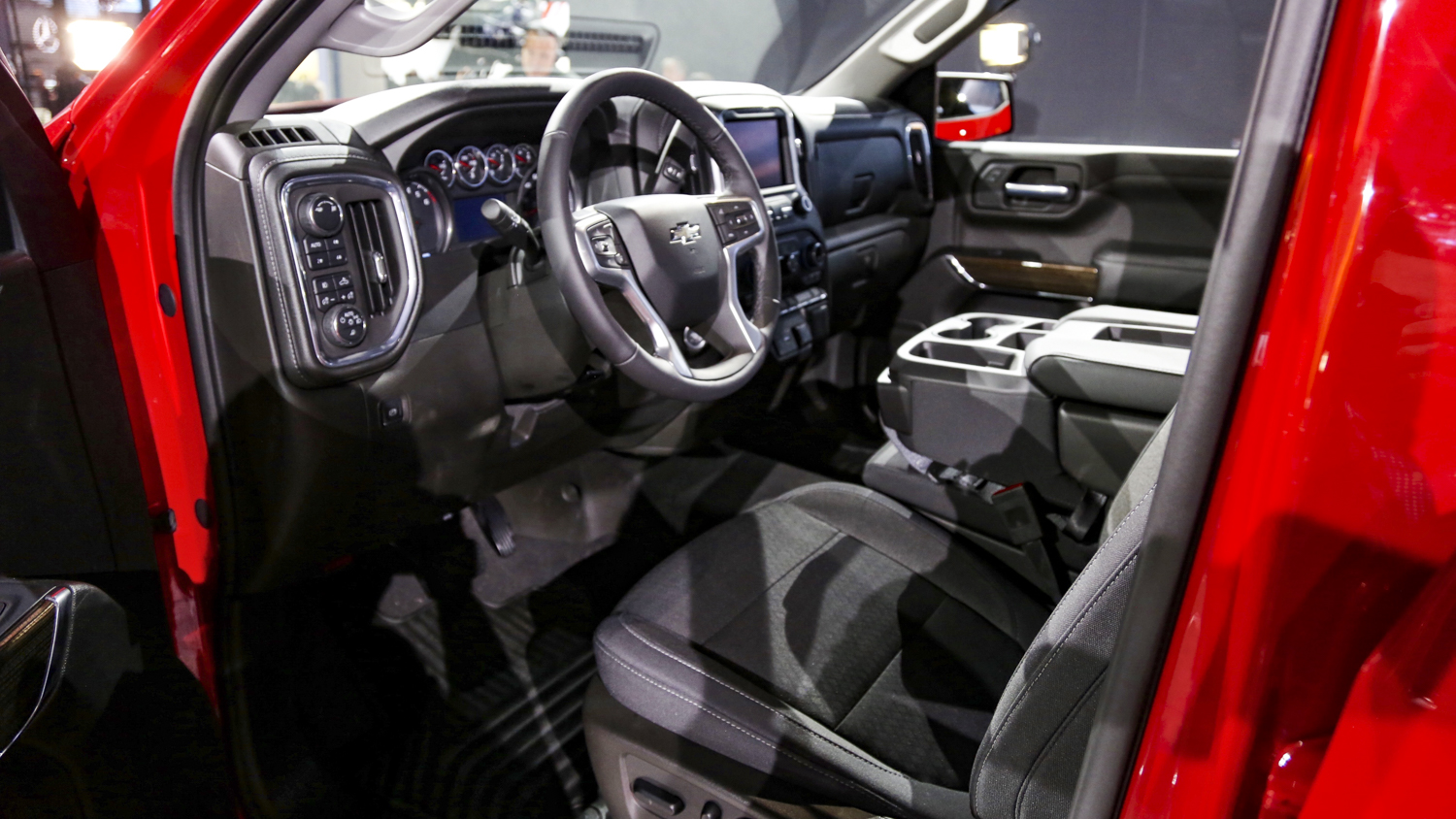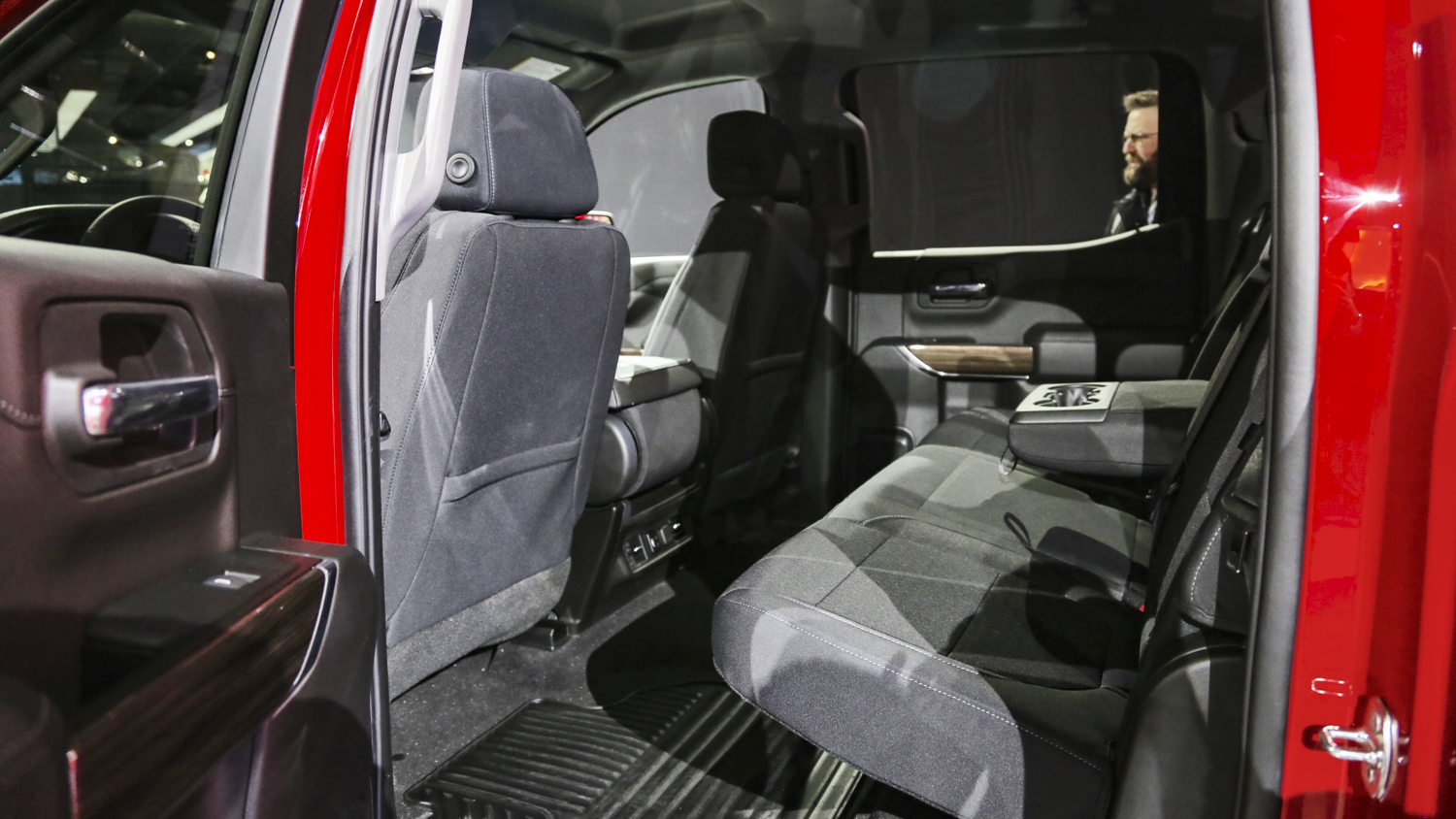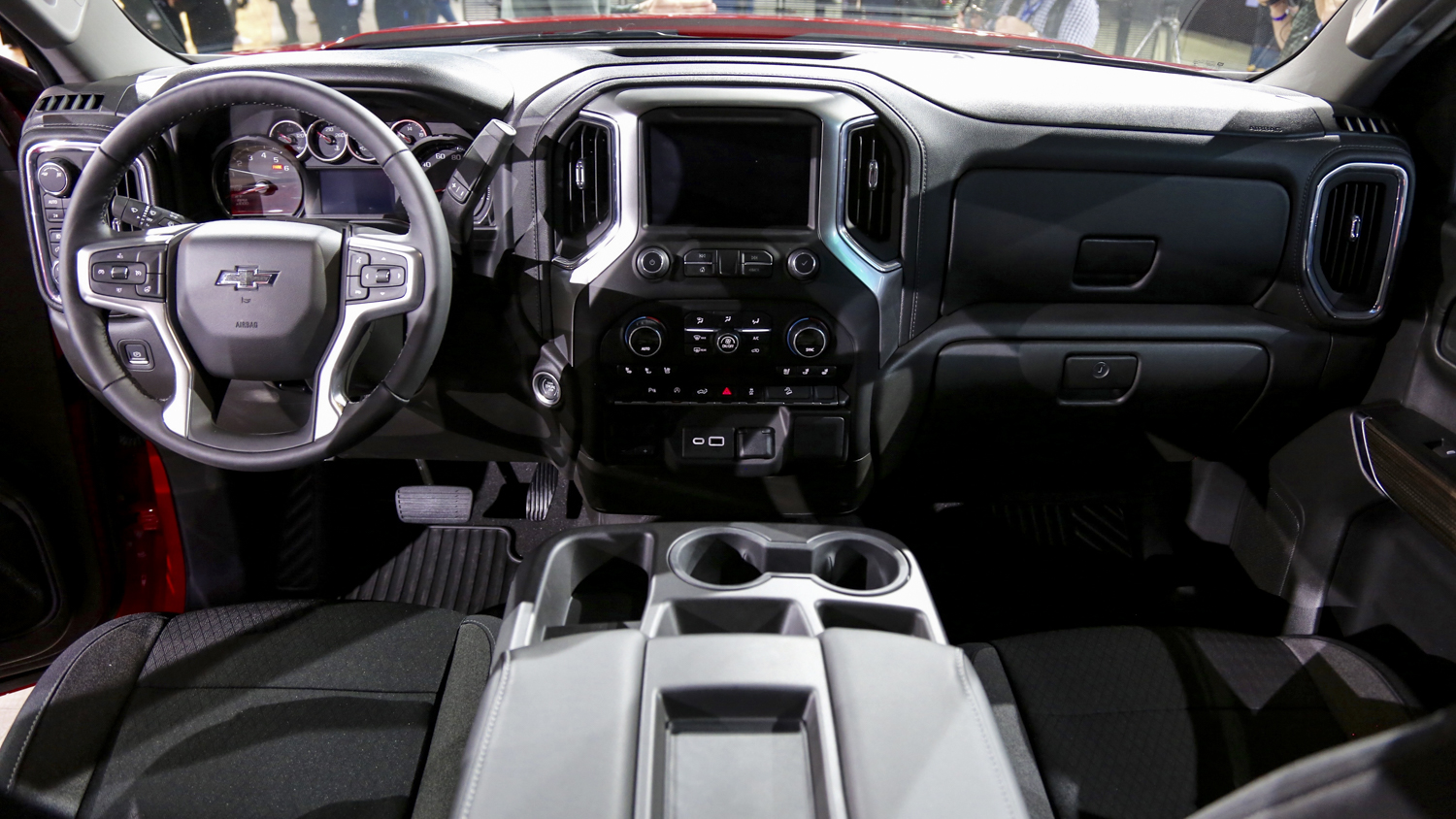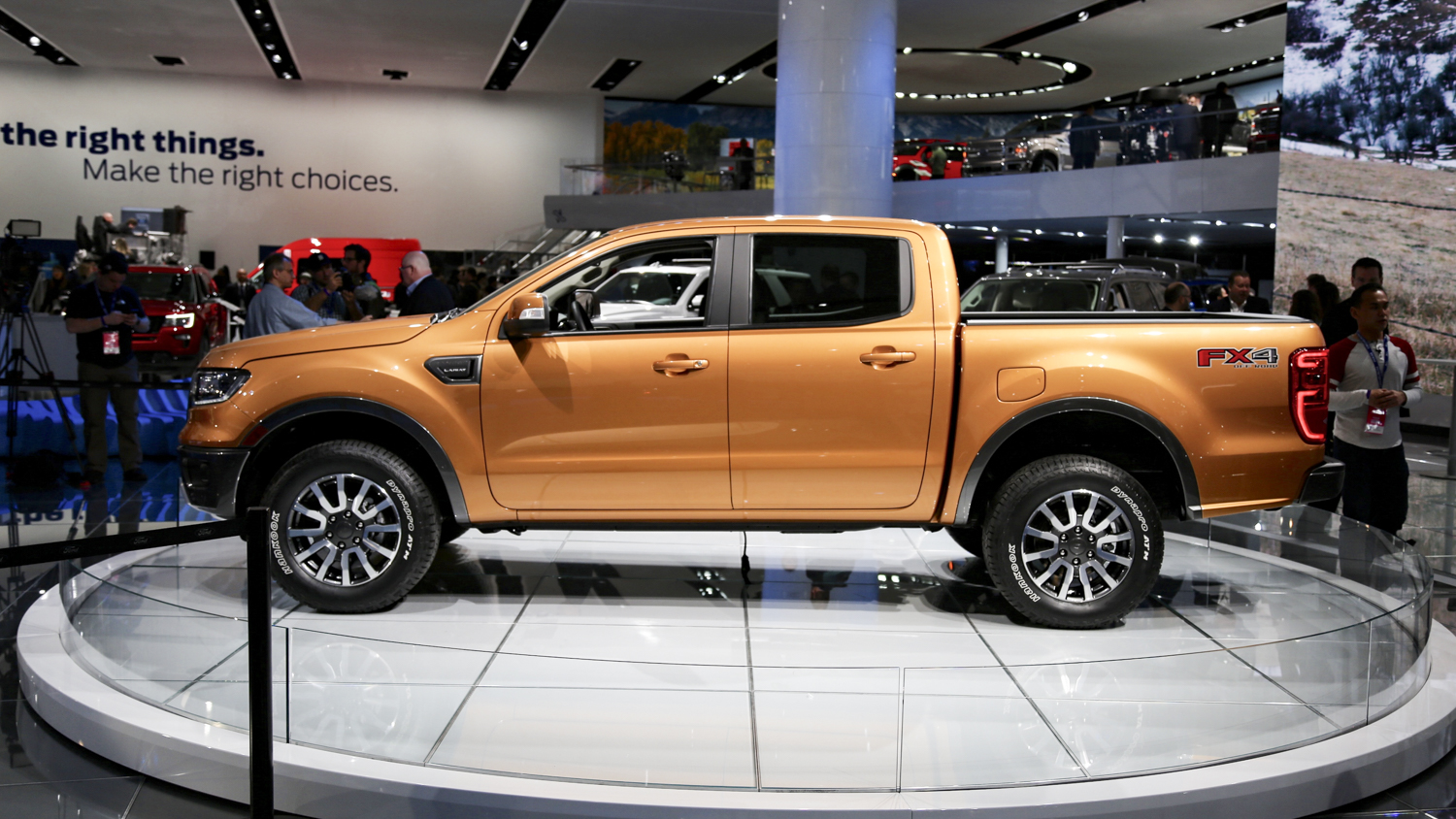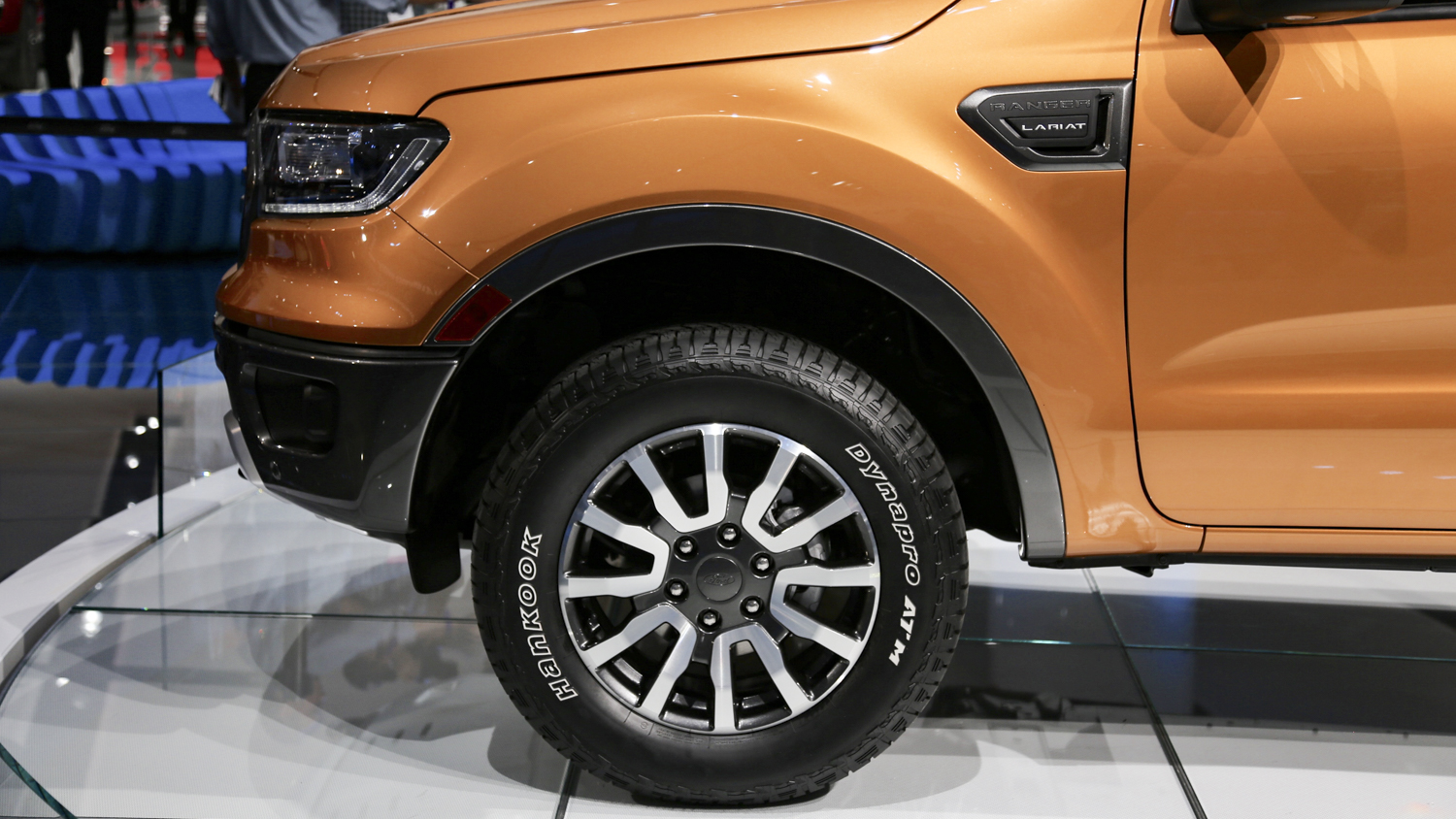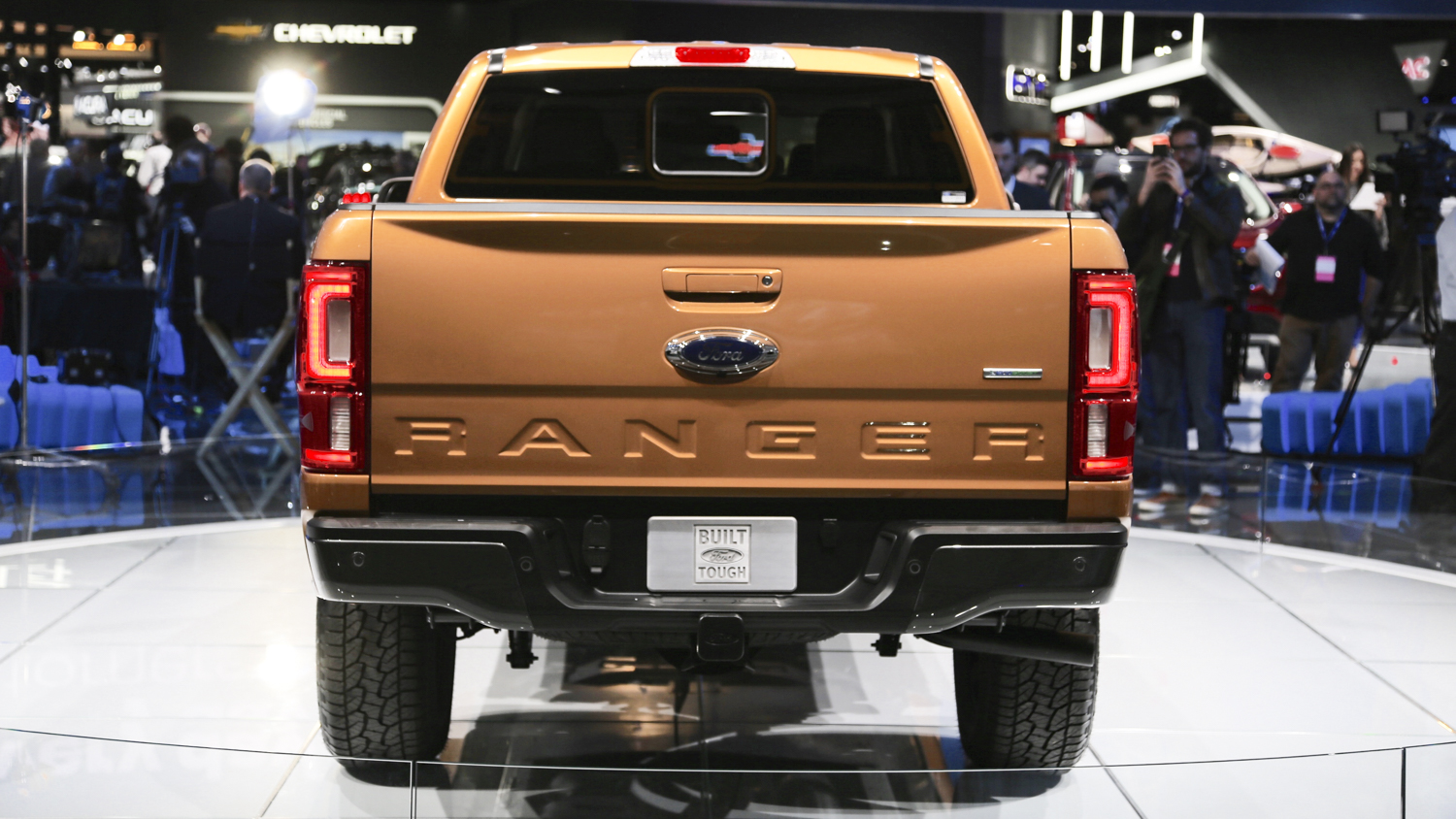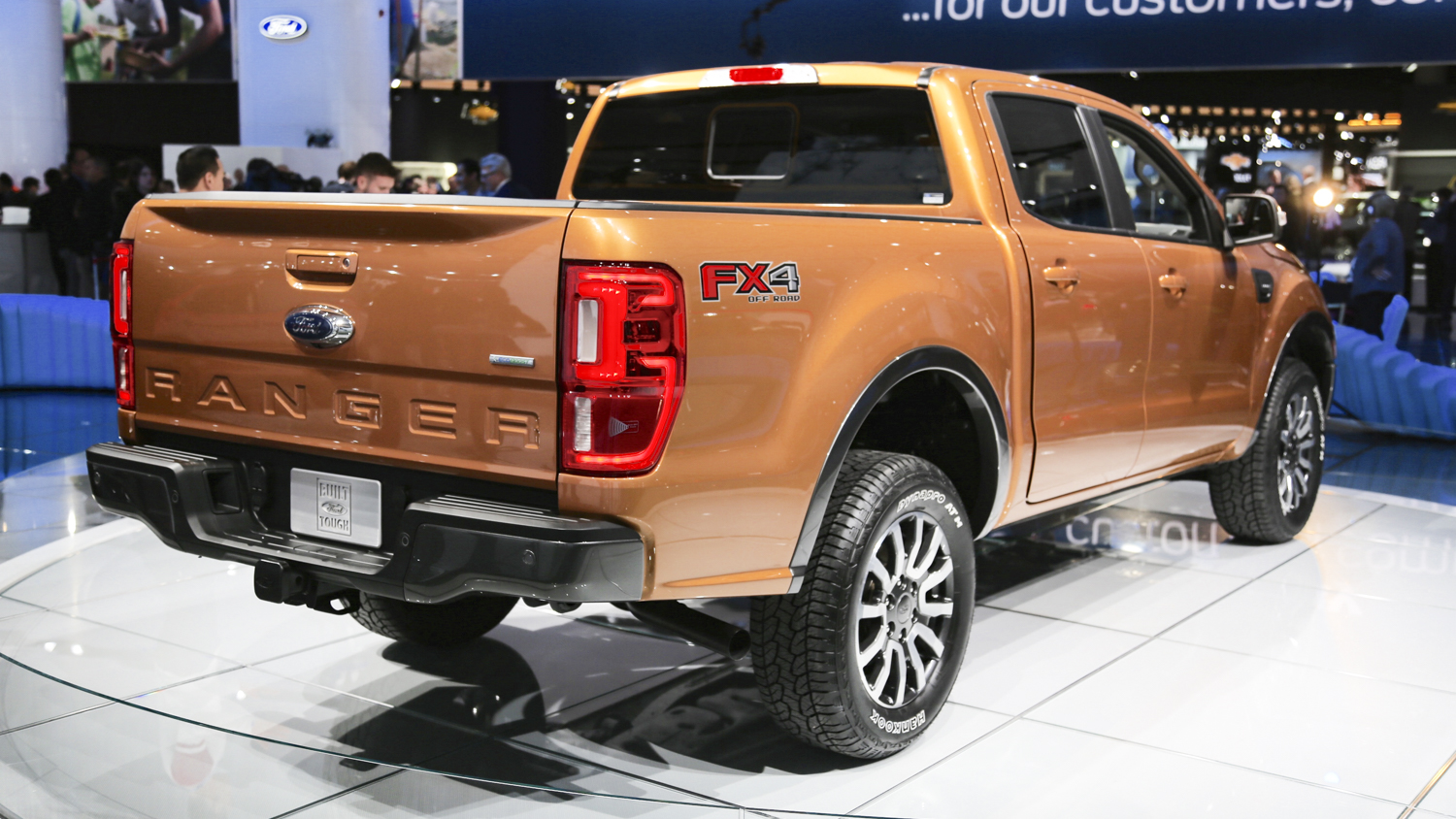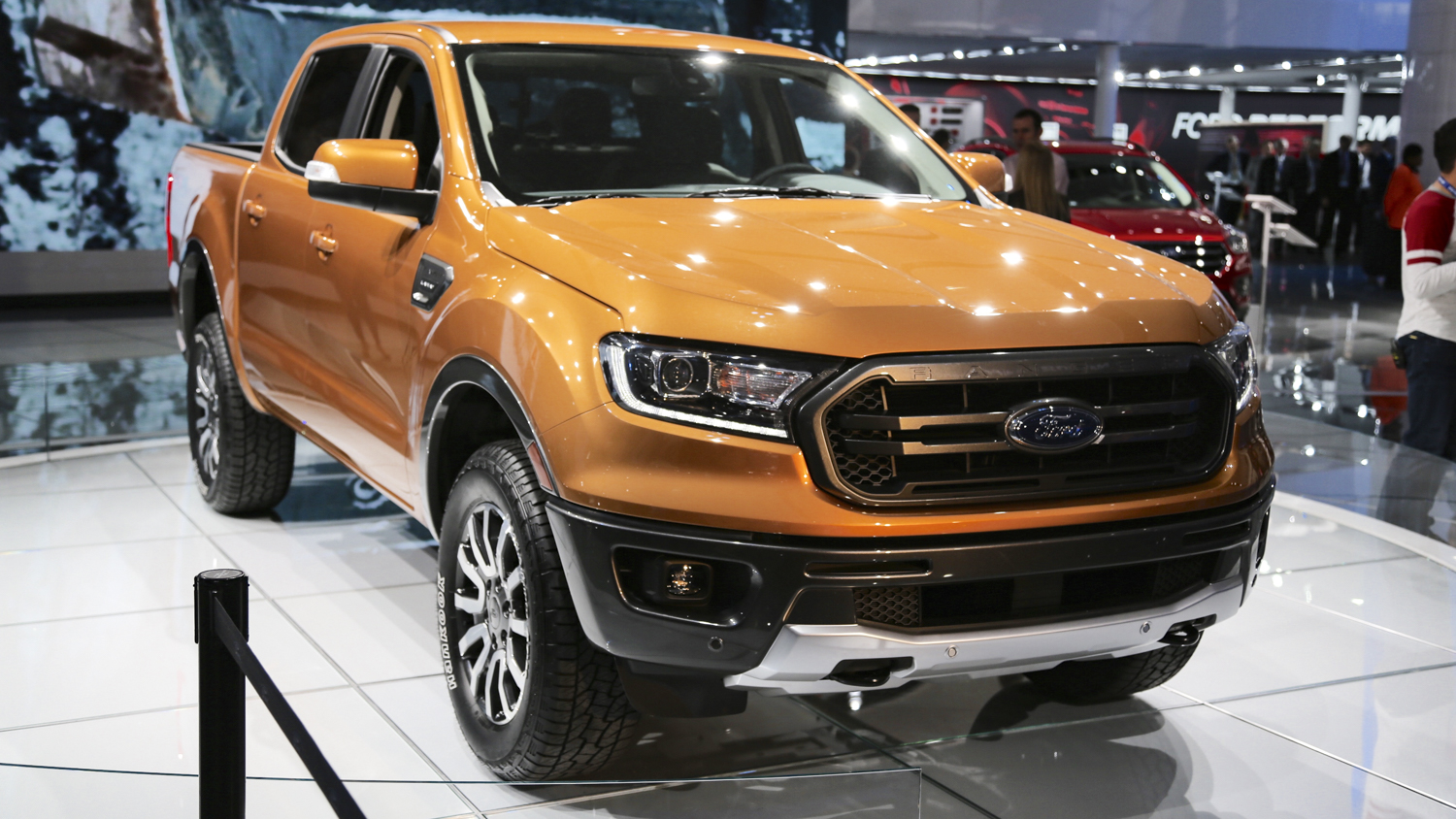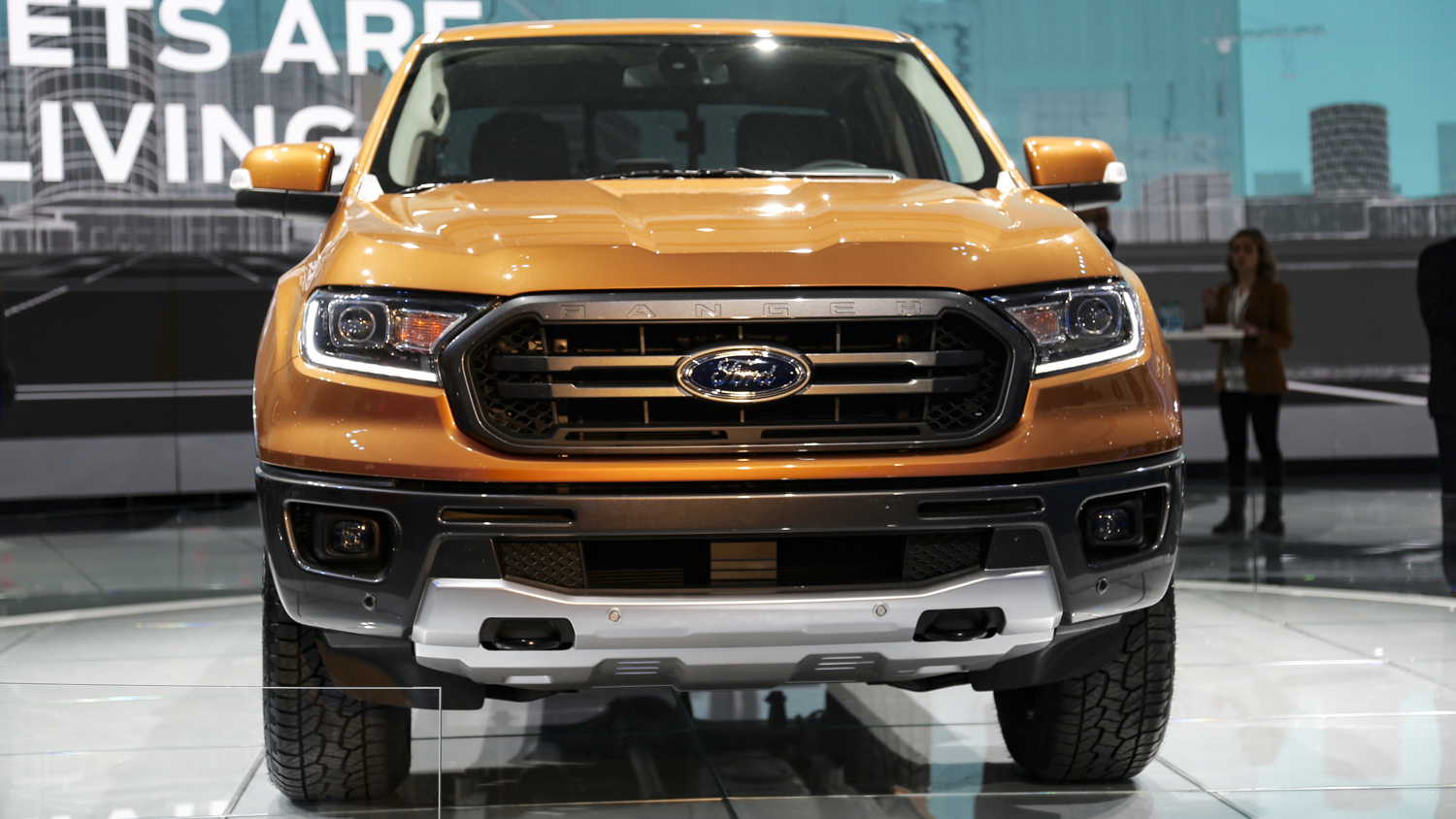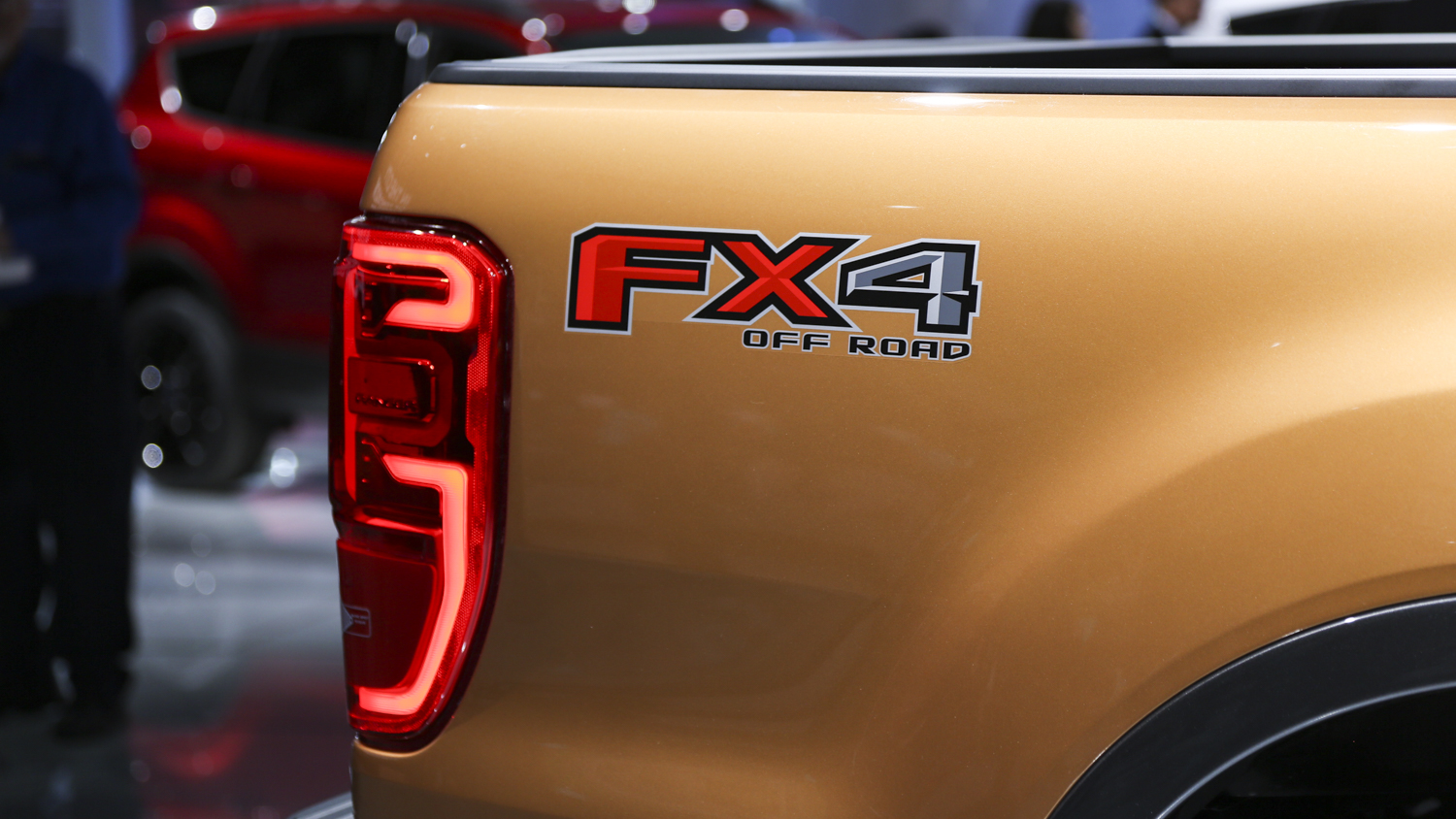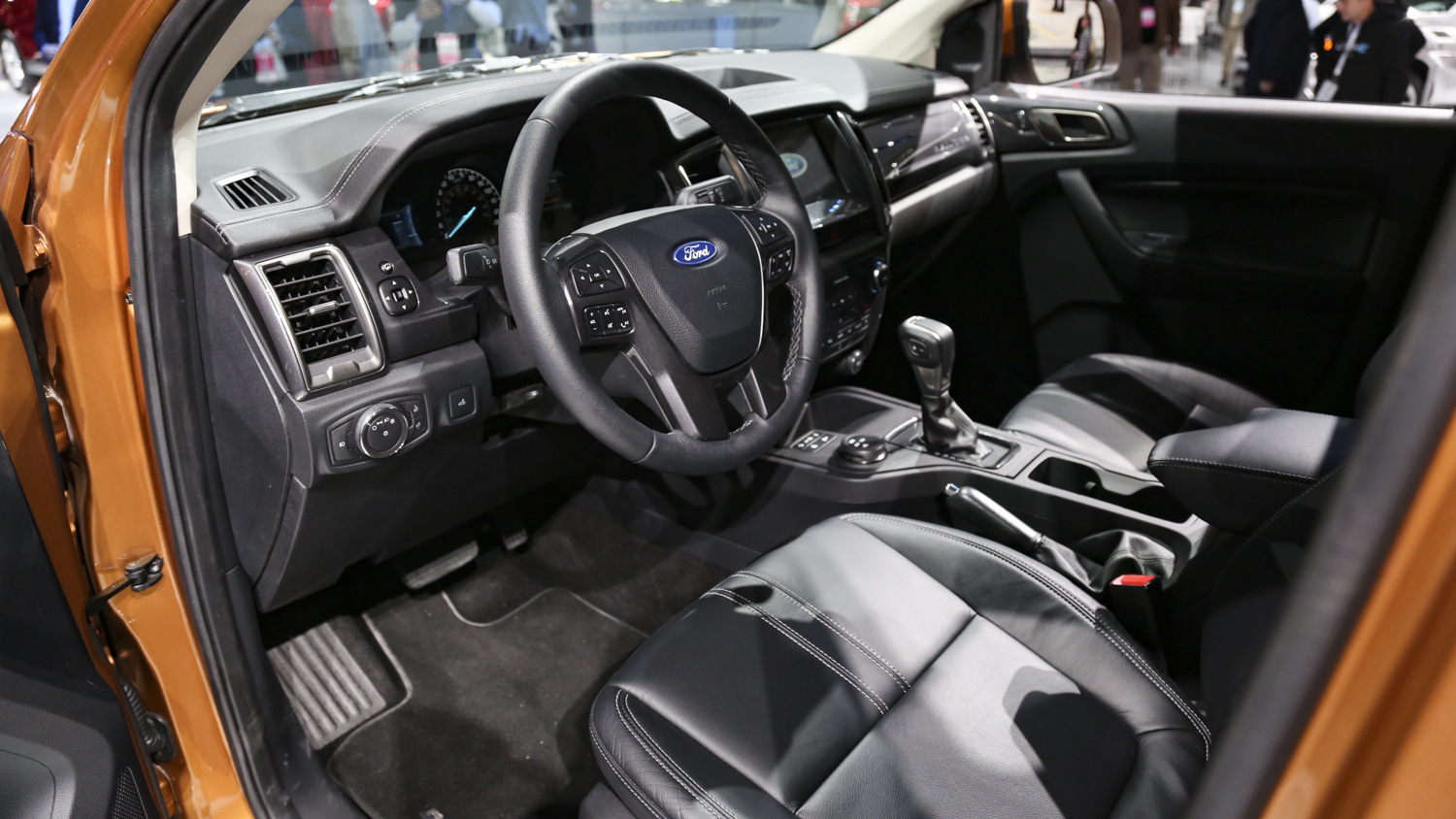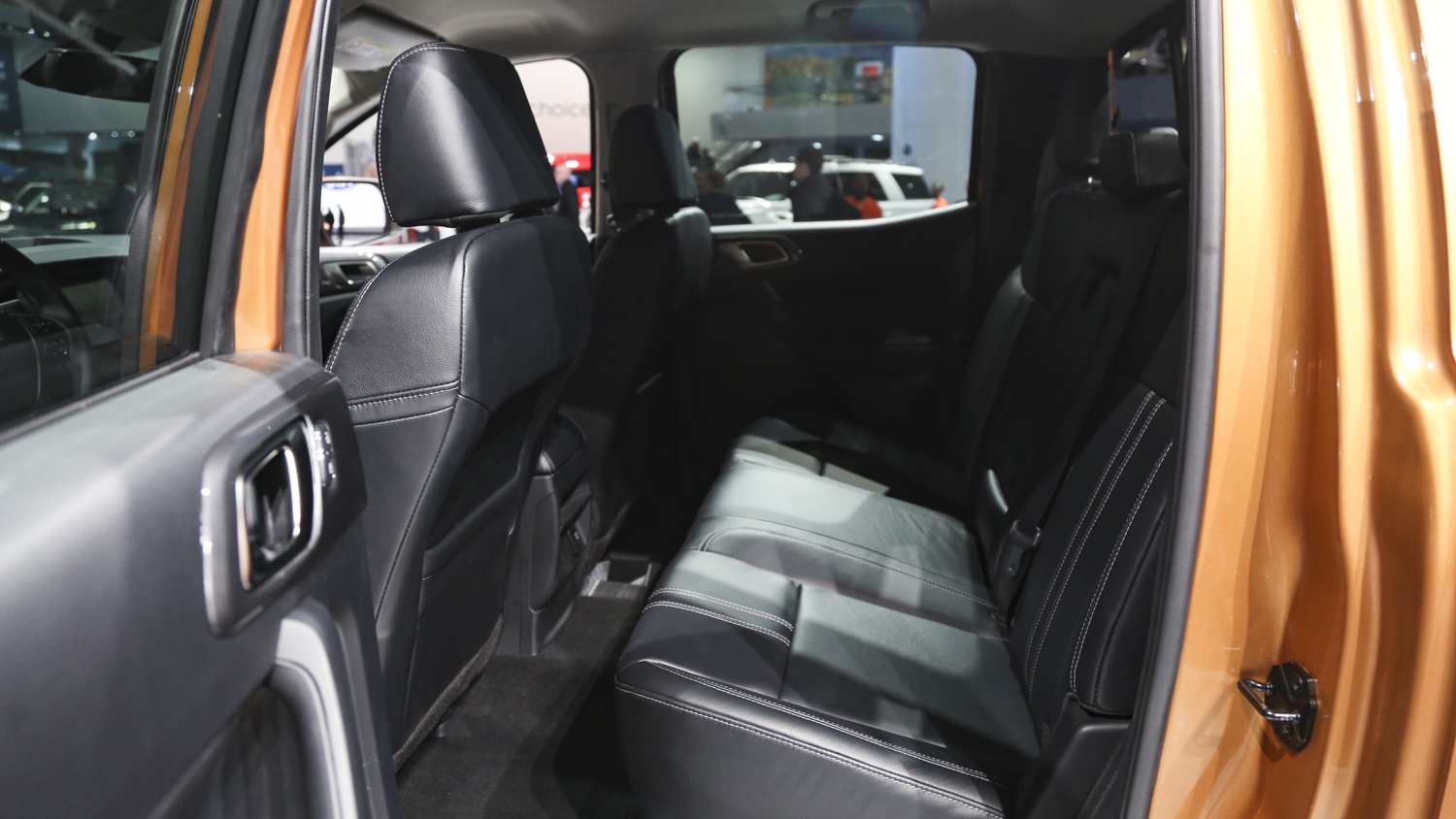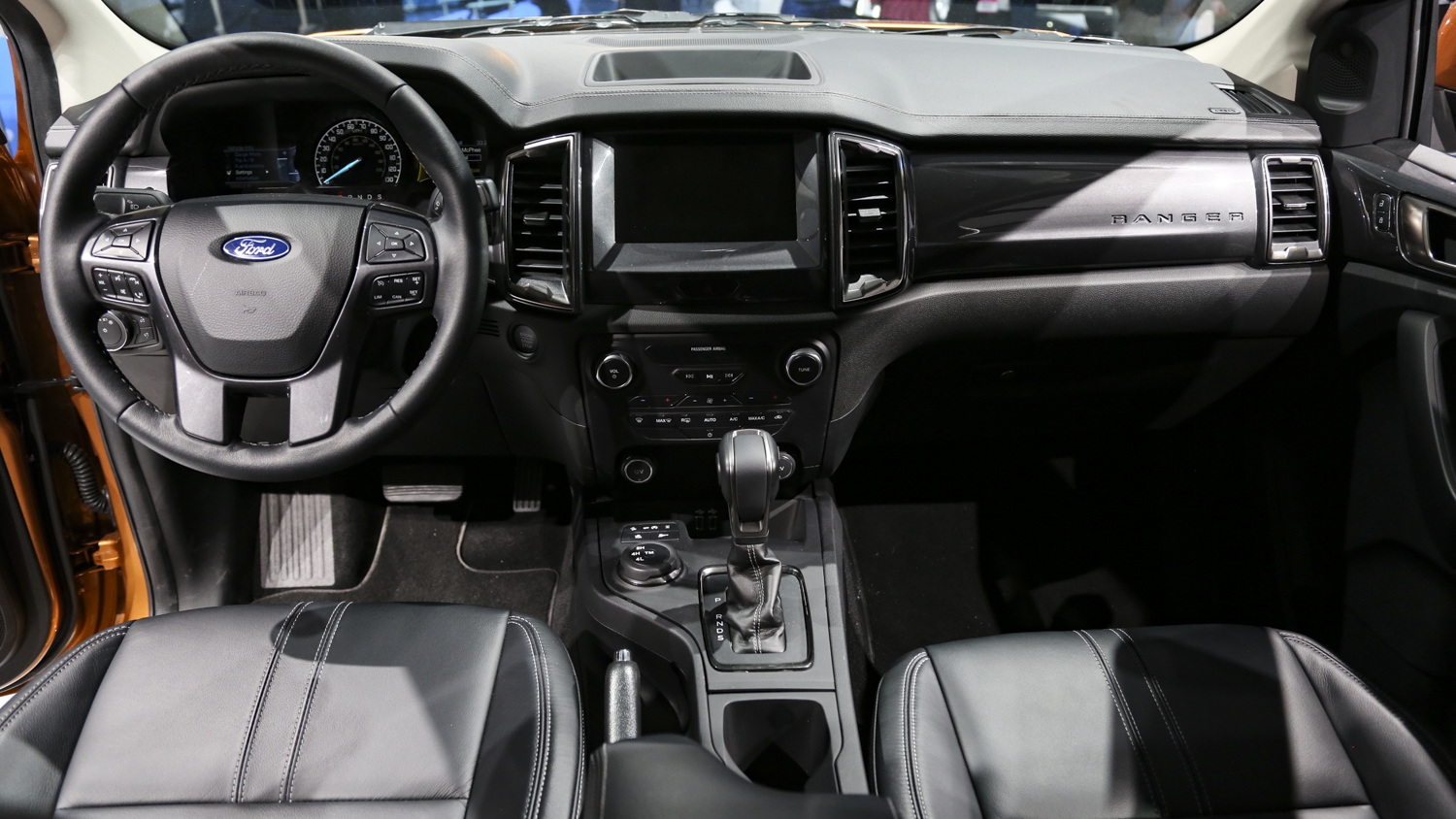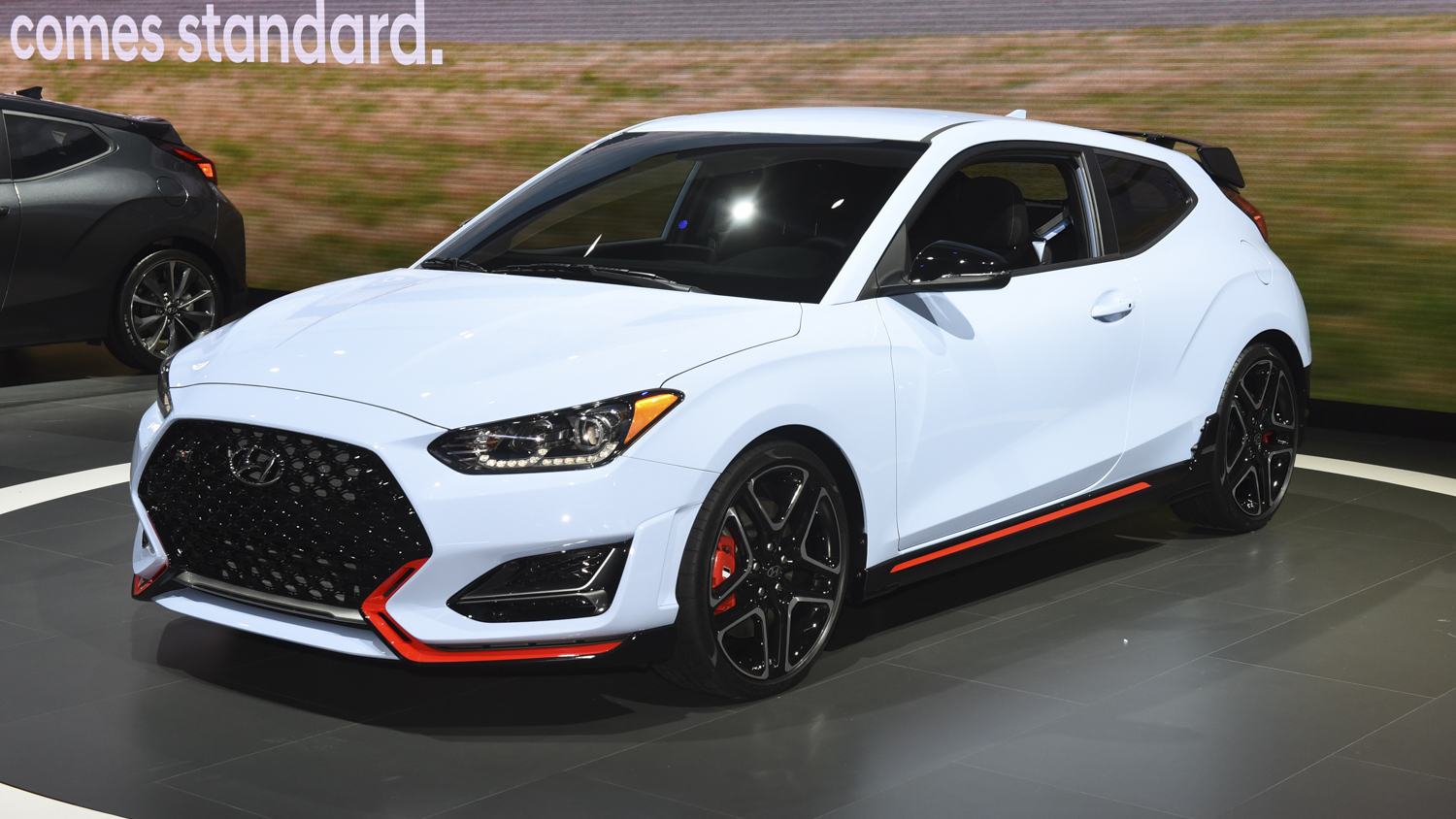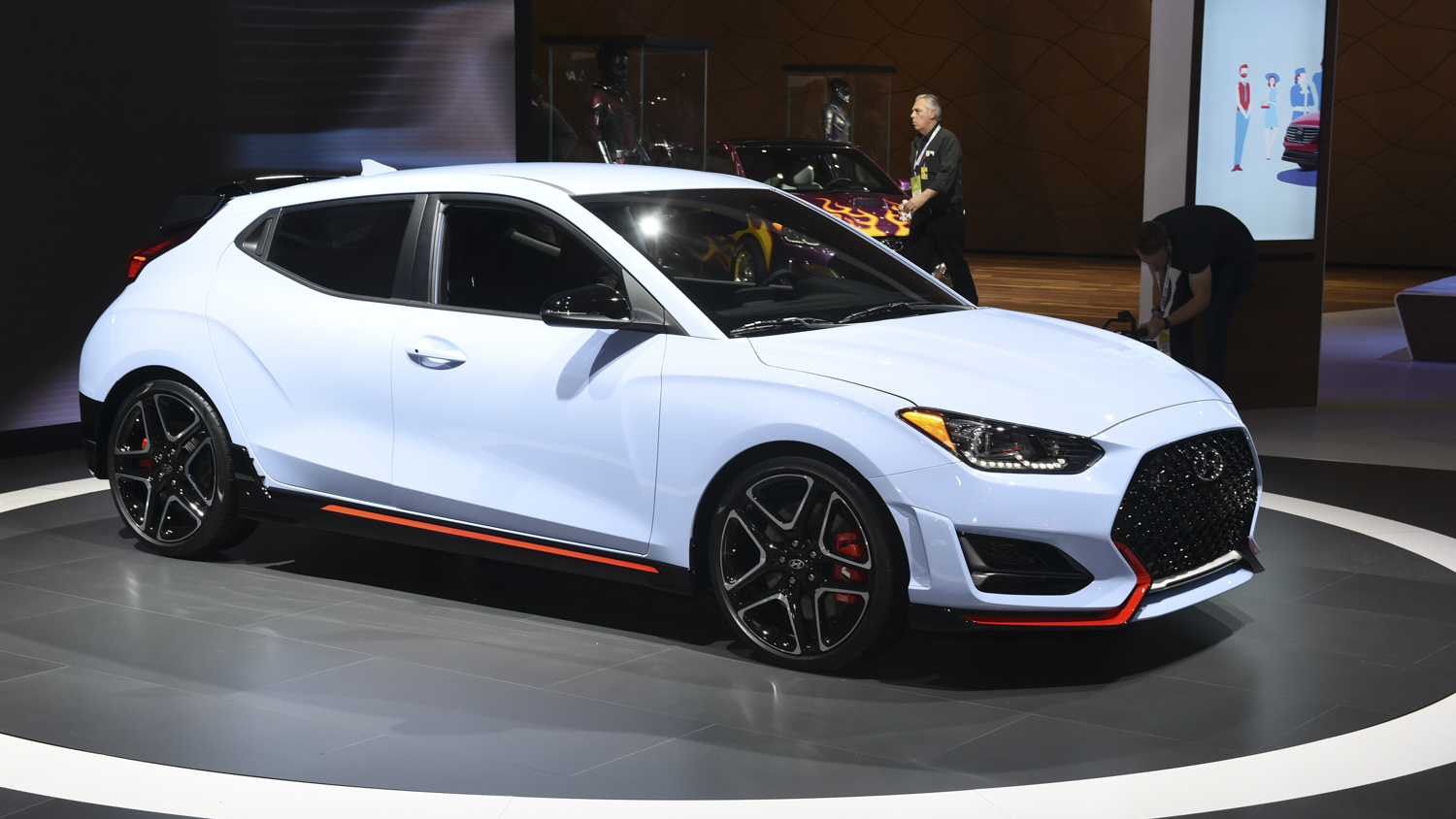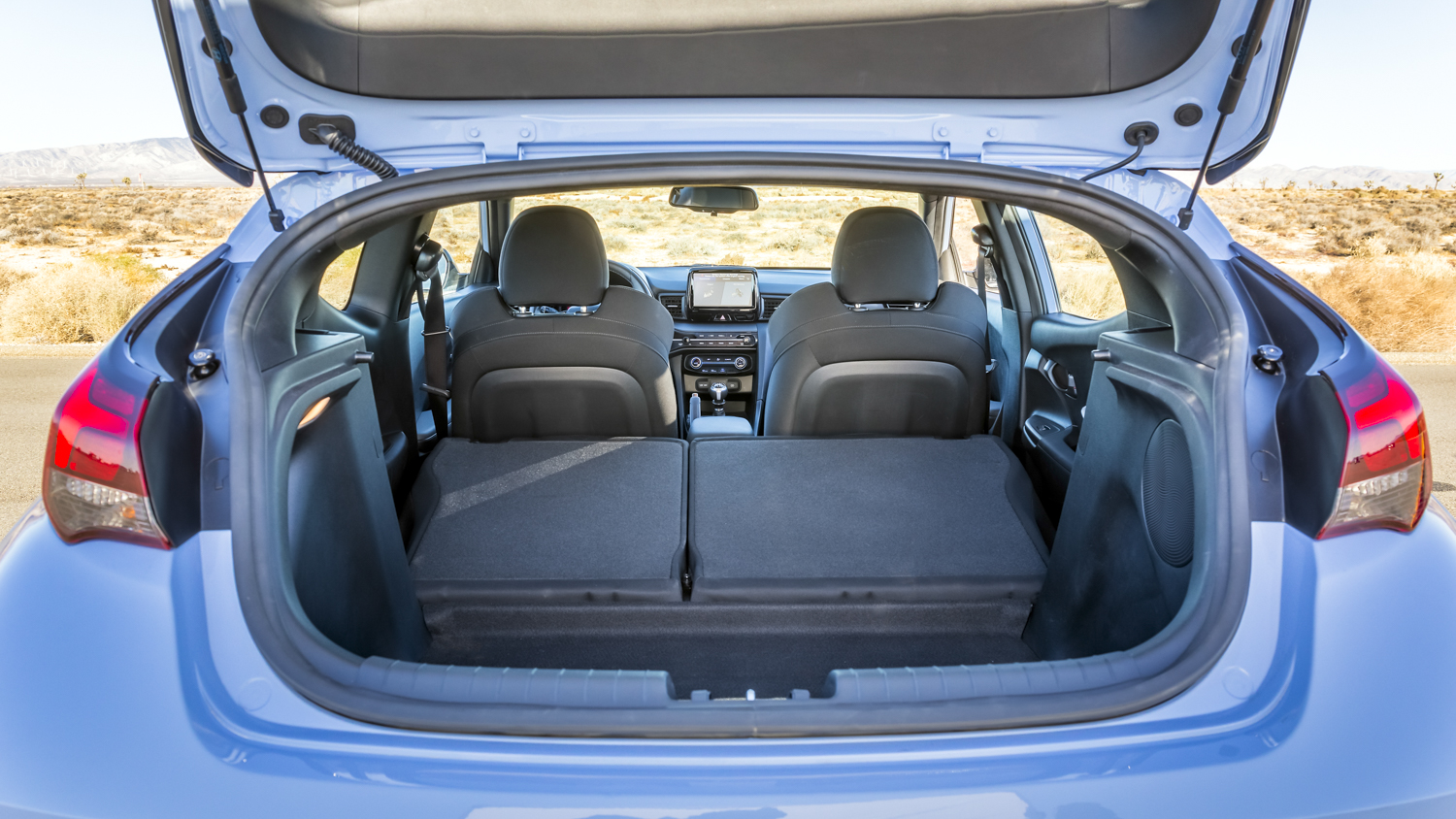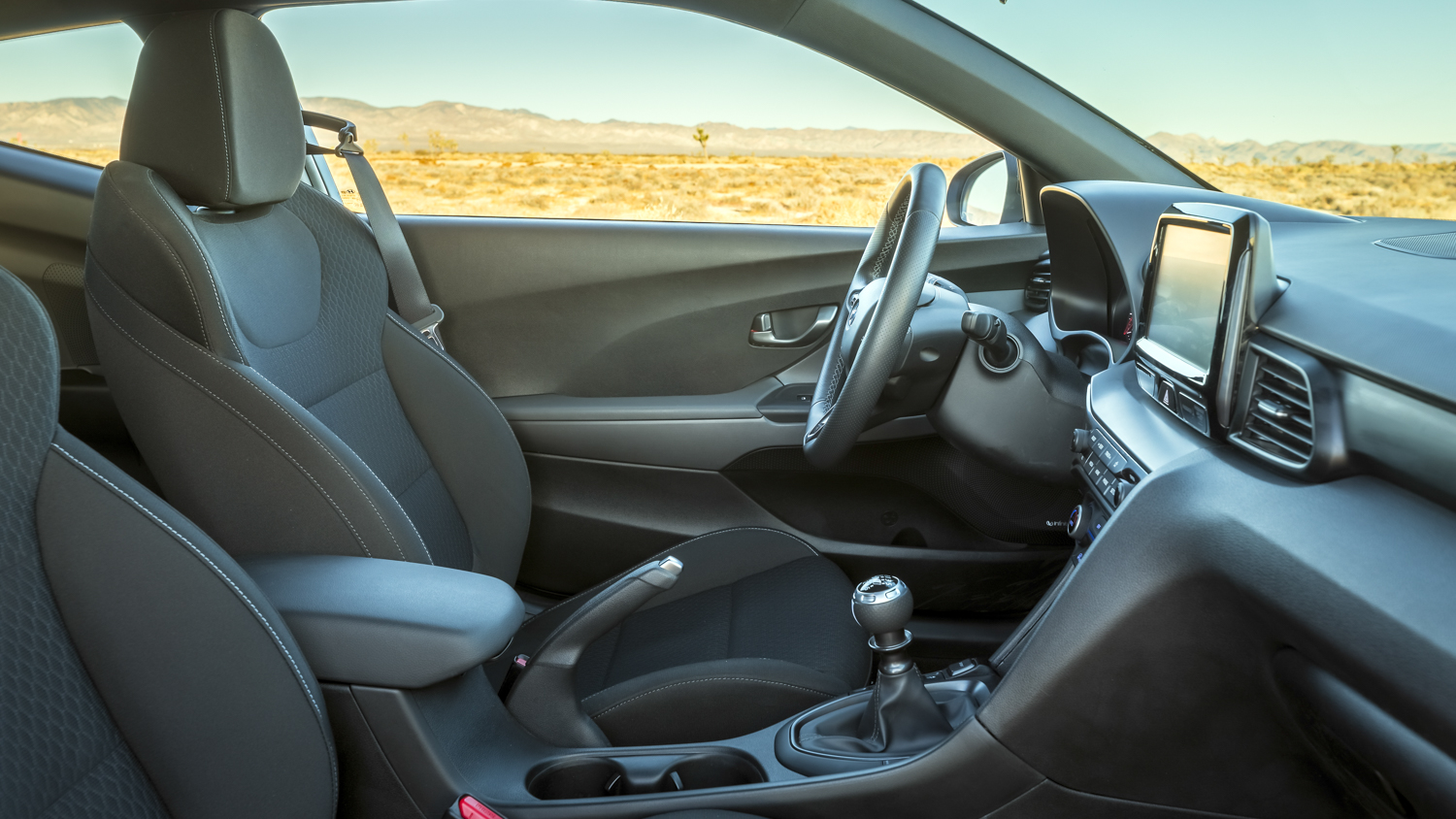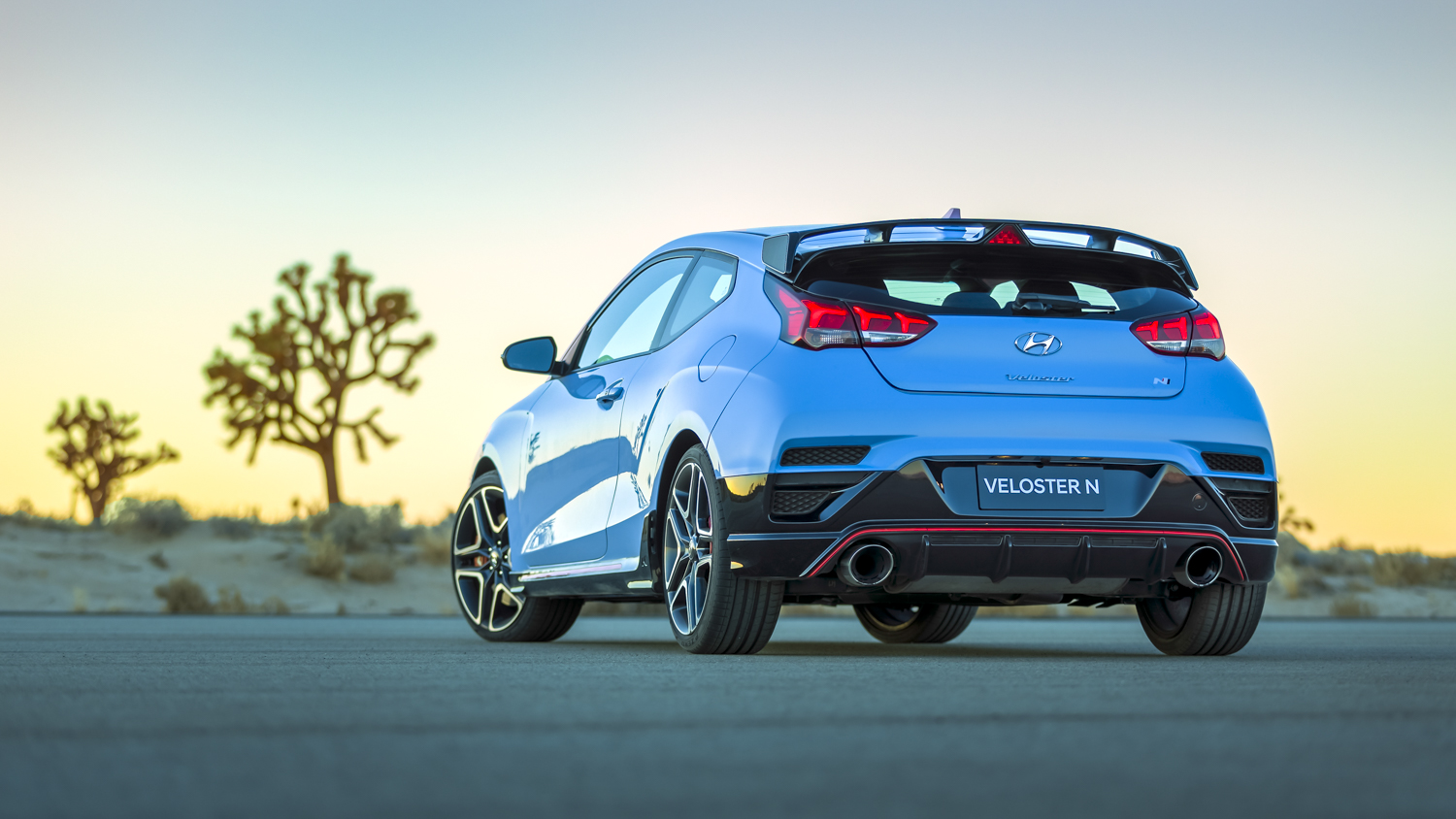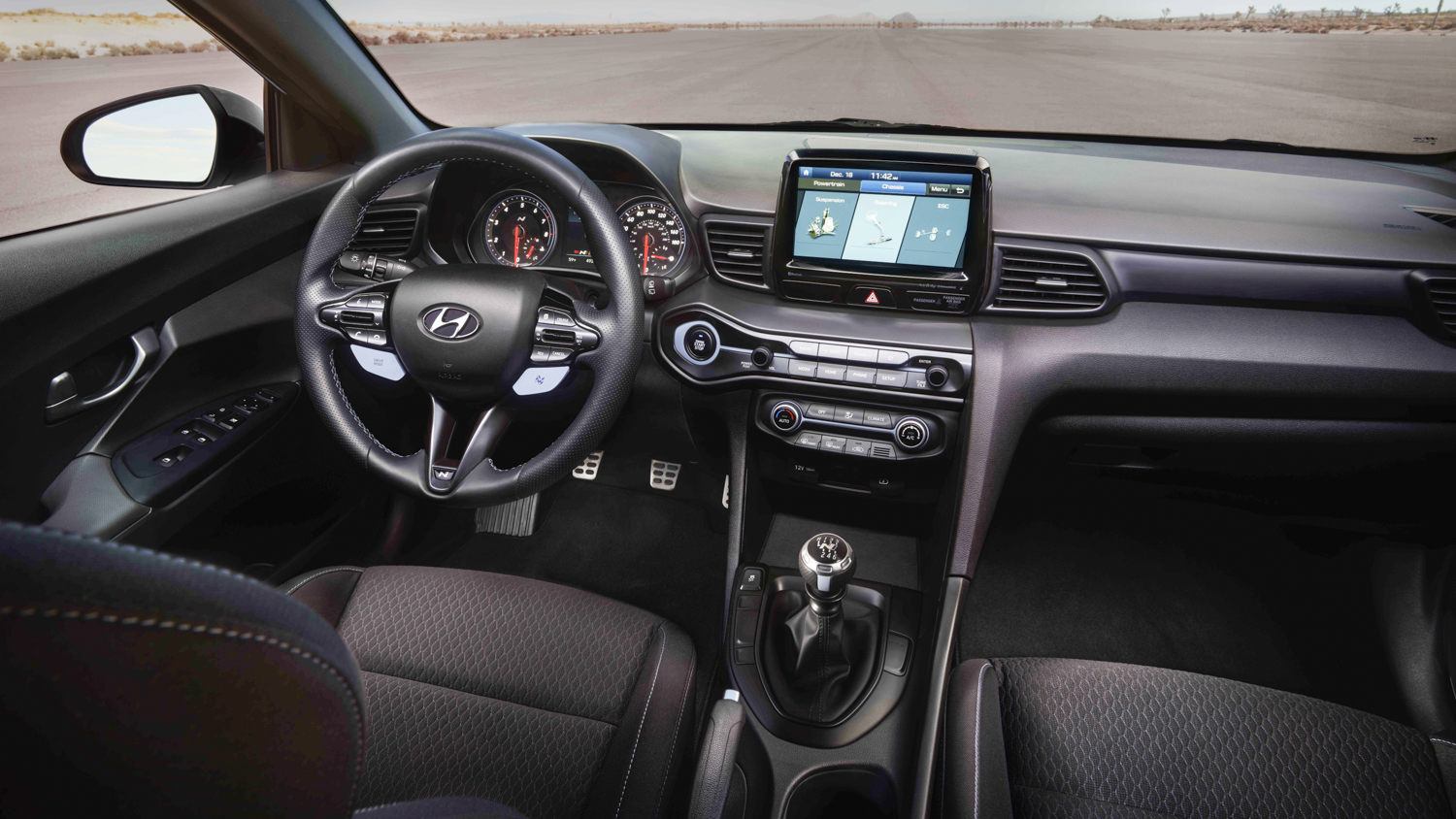The Detroit Motor Show (more formally referred to as the North American International Auto Show, or NAIAS) has always been a staple of the automotive industry, especially for U.S. manufacturers. However, as the car market has changed — becoming a display of technological expertise rather than style or mechanical superiority — the Detroit show has suffered. Last year, its alignment with the Consumer Electronics Show (CES) robbed the NAIAS of many high-profile debuts, as automakers chose instead to reveal their new models at the tech event.
This year, Motor City has found its groove once again. Foreign and domestic automotive brands are showcasing their most anticipated models throughout the January 13-28 convention. The list of debuts is certainly too long to detail, so we picked our favorites to discuss more in depth. Here are five very special vehicles we can’t wait to drive.
2019 Mercedes-Benz G-Class
Remaking an icon is about as touchy a subject as it gets. Purists want to relive the glory days, but progress comes to every vehicle eventually. Such is the case with the Mercedes-Benz G-Class. Thirty-nine years after the original G-Model (now G-Class) hit production, the boxy off-roader has changed very little in form or function. Once a military vehicle, now a status symbol, the G-Class hides immense off-road capability behind chromed-out fenders, ostentatious paint jobs, and lofty price tags. This is truly a love it or hate it vehicle.
The 2019 model year introduces an all-new generation G-Class, and while it may be hard to tell old from new on the outside, everything beneath the sheet metal is updated. Maintaining the G-Class’ shape and proportions is essential to keeping fans happy, but giving the truck an internal makeover is equally essential to luring new and repeat buyers. Borrowing heavily from the new Mercedes-Benz E-Class, the G-Class cabin is loaded with technology and high-end materials. Perhaps more importantly, rear passengers gain 5.7 inches of legroom. Power is still provided by a 4.0-liter twin-turbocharged V8 good for 416 horsepower and 450 pound-feet of torque, but a new nine-speed automatic replaces the seven-speed gearbox.
We don’t yet have a price, but expect the new G550 to start somewhere near $125,000.
2019 RAM 1500
Speaking of luxurious rigs, Ram is stepping its cabin game up considerably with the debut of the 2019 Ram 1500. The full-size truck segment has always been dominated by Ford’s F-150 and Chevrolet’s Silverado, but the Ram 1500 is gaining traction by focusing on comfort, efficiency, and features.
The latest generation is 4.0-inches bigger on the outside, translating to more passenger and storage volume. Limited trims feature premium wood trim, contrast stitching, embroiders, and soft-touch leather surfaces throughout the cabin. The infotainment system gets a big upgrade, with an available 12-inch monitor that’s almost as big as Tesla’s giant tablet. Other highlights include wireless charging, on-board Wi-Fi, numerous USB ports (some of which are Type C), active noise cancelling, active driver aids, and a 7-inch color driver display. This truck is seriously loaded.
Under the hood, Ram introduces its first application of a mild hybrid system. A compact 48-volt generator and battery improve power and efficiency for both the Pentastar V6 and Hemi V8 engines. Ram will also bring back its 3.0-liter Ecodiesel later this year. All motors are mated to an eight-speed automatic. At launch, there will be several trims and price classes; we just don’t know what they are yet.
2019 Chevrolet Silverado
Ram isn’t the only full-size truck to break cover in Detroit. Chevrolet joins the party with an all-new Silverado. The 2019 model year pickup rides on a new mixed-material platform and embraces aluminum construction for its body panels. These tweaks cut 450 pounds from the Silverado’s beltline. In addition, the 2019 Silverado is longer, wider, and taller than the outgoing model. Exterior design is more aggressive and angular, with a fully blacked out front fascia on the new Trail Boss trim.
Powering the 2019 Silverado is a choice of a 3.0-liter turbodiesel six-cylinder, 5.3-liter V8, or 6.2-liter V8 engines. Chevrolet is also expected to introduce a new V6 option later this year. All motors will use a 10-speed automatic transmission that will maximize the pickup’s weight loss for better fuel economy. Thanks to a wider truck bed, the new Silverado also boasts the most cargo capacity of any full-size pickup. Pricing and release date is TBA.
2019 Ford Ranger
Since Ford introduced its updated F-150 last year, the company isn’t completing the Ram/Chevy/Ford trio of full-size pickup debuts in Detroit. Instead, Ford is re-entering the U.S. midsize truck market with its 2019 Ranger. After a seven-year hiatus in America (during which time the T6-badged Ranger continued selling abroad), the Ranger is back to challenge Toyota’s Tacoma, Chevrolet’s Colorado, and GMC’s Canyon.
Designed for the commute and weekend getaway rather than heavy-duty work demands, the Ranger is smaller and more nimble than its F-150 sibling. Styling is based largely on the international T6, albeit with a tweaked front fascia, headlights, taillights, and trim. There will be several variants of the Ranger, but only one engine option (for now): a 2.3-liter Ecoboost turbocharged four-cylinder connected to a 10-speed automatic. The Ranger will be offered in supercab (rear half-doors) and supercrew cab (full-size rear doors) configurations.
The Ranger debuts a new “Trail Control” system for slow-speed crawling off-road. Additionally, a drive mode system will have settings for normal, grass, gravel, snow, mud/ruts, and sand terrain. Sales will begin early 2019.
2019 Hyundai Veloster N
Truck, truck, truck, truck … goose! Yes, our list definitely favors Detroit’s popular truck reveals, but there is one car that we can’t ignore. Hyundai rolls into this domestic-dominated show with one of its most exciting models ever: the Veloster N. Based on the all-new 2019 Veloster, the N performance model turns up the heat to challenge the world’s best hot hatchbacks.
With a 2.0-liter turbocharged four-cylinder engine cranking out 275 hp and 260 lb-ft of torque, the Veloster N slots in between the 220-hp Volkswagen Golf GTI and the 306-hp Honda Civic Type R. Power is transferred to the front wheels via a six-speed manual exclusively. Other performance highlights include an electronic limited slip differential, adaptive dampers, launch control, and variable exhaust. There will be two wheel and tire packages, sized at 18 and 19-inches, and an available big brake kit. Based on Hyundai’s current pricing strategy, expect the Veloster to aim for the $25,000-$30,000 bracket when it goes on sale later this year.
